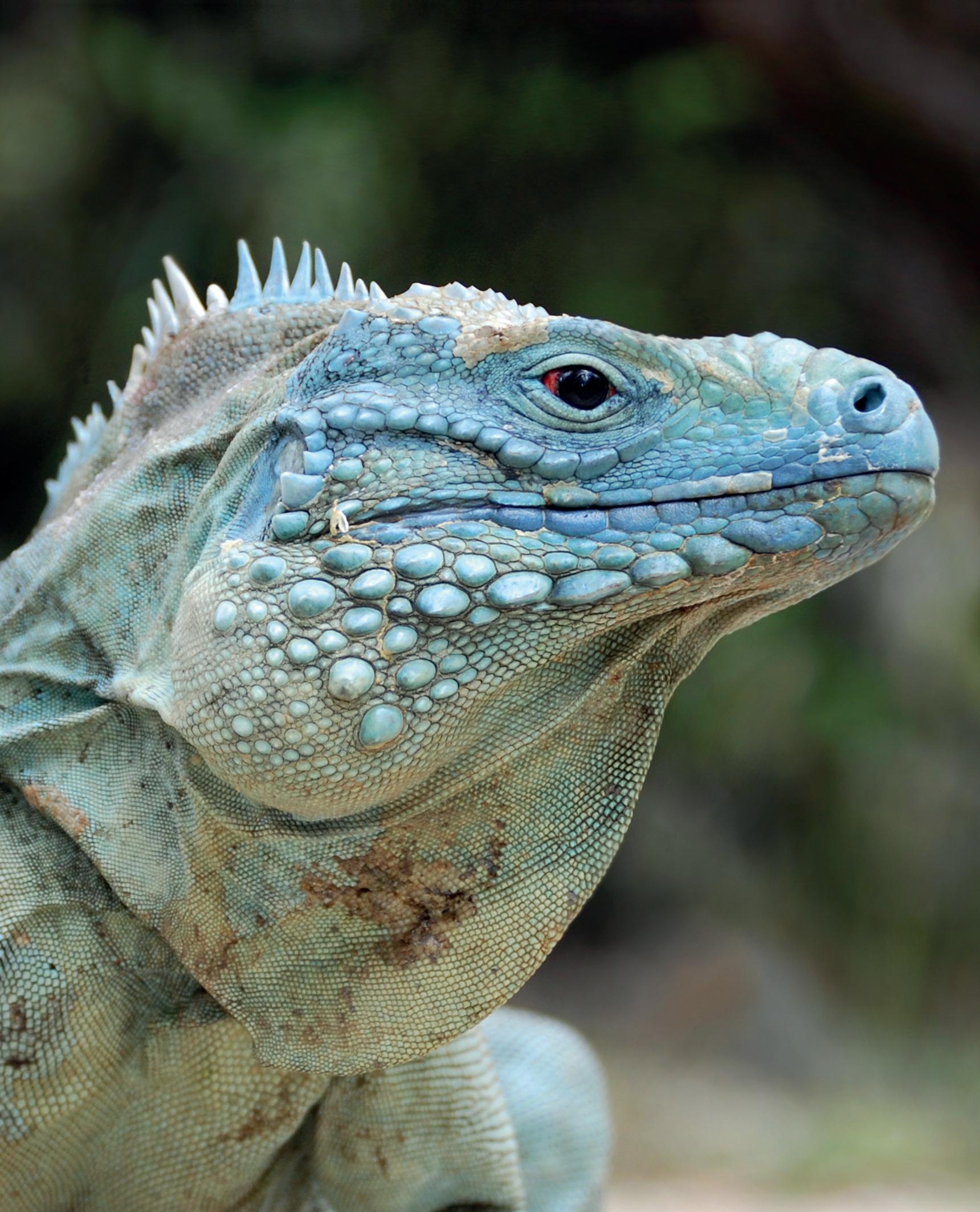
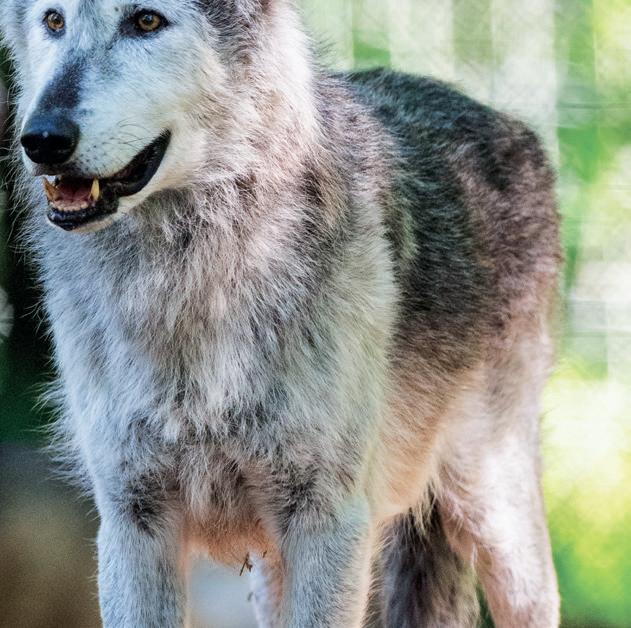
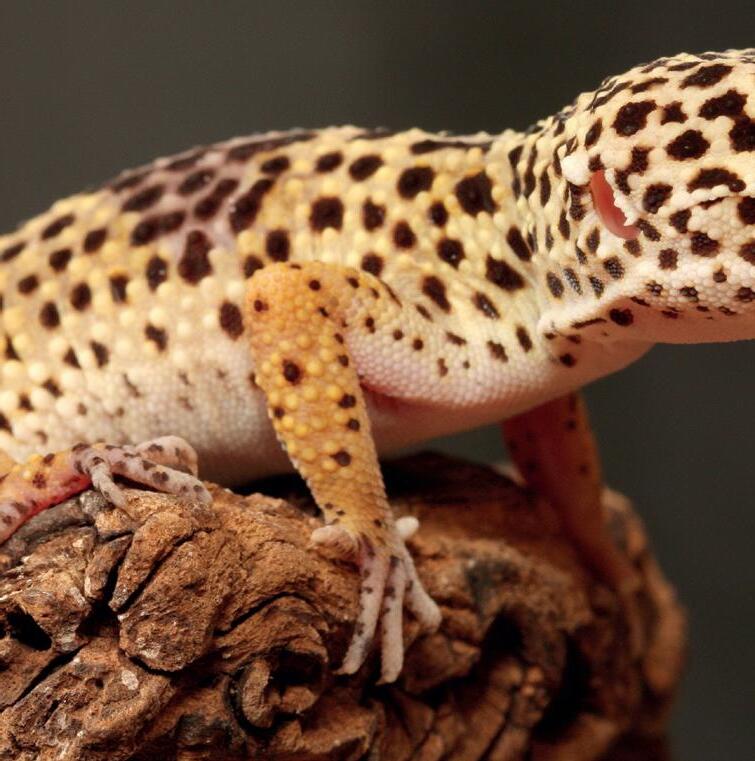
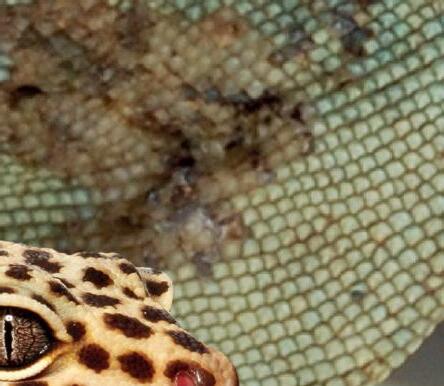
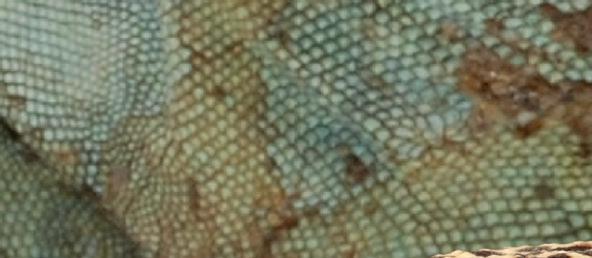
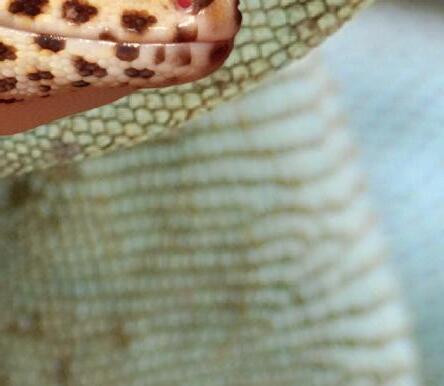
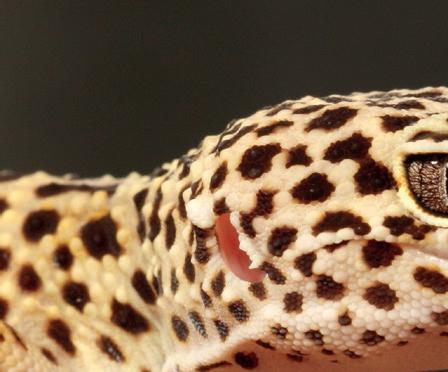


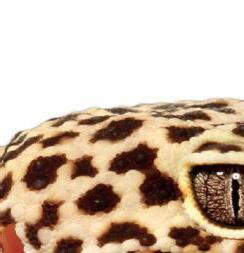


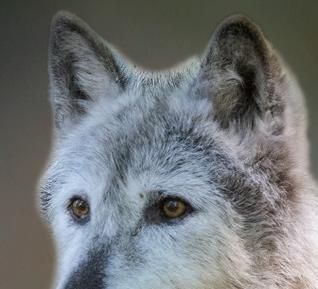

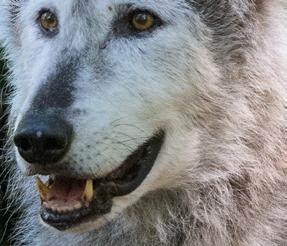
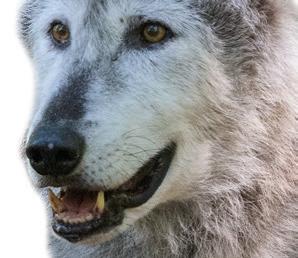
WWW.EXOTICSKEEPER.COM • SEPTEMBER 2021 • £3.99 WHAT REALLY IS ‘EXOTIC’? We talk to The New Forest Wildlife Park and unpick our perception of ‘exotic’ and its impact on how we view wildlife. LEOS THROUGH A NEW LENS Taking a deeper look at the natural history and new advancements in leopard gecko care. TOP 5 TRAVEL DESTINATIONS Planning that next big trip? If that place happens to be full of incredible reptiles and amphibians, even better. Right? NO NEED TO FEEL BLUE Things are looking up for The Cayman Islands’ most iconic reptile



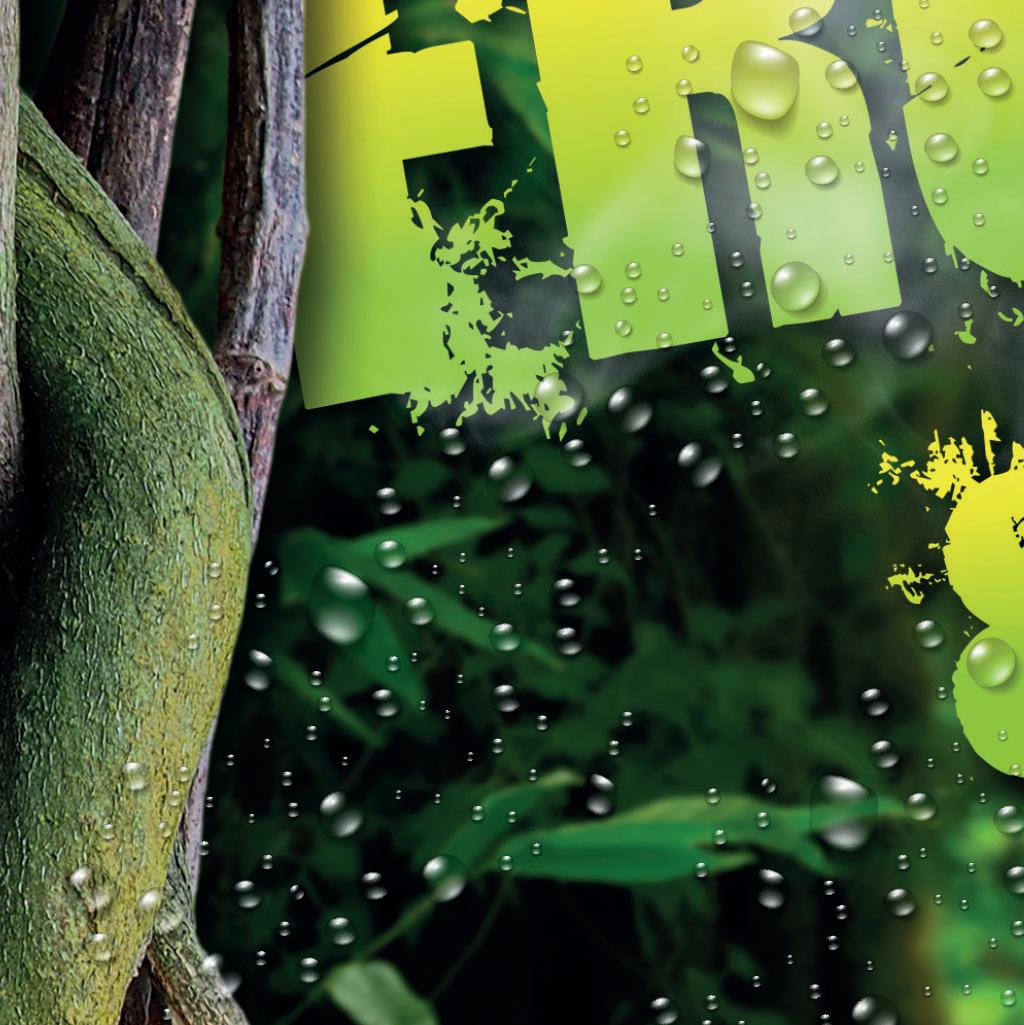
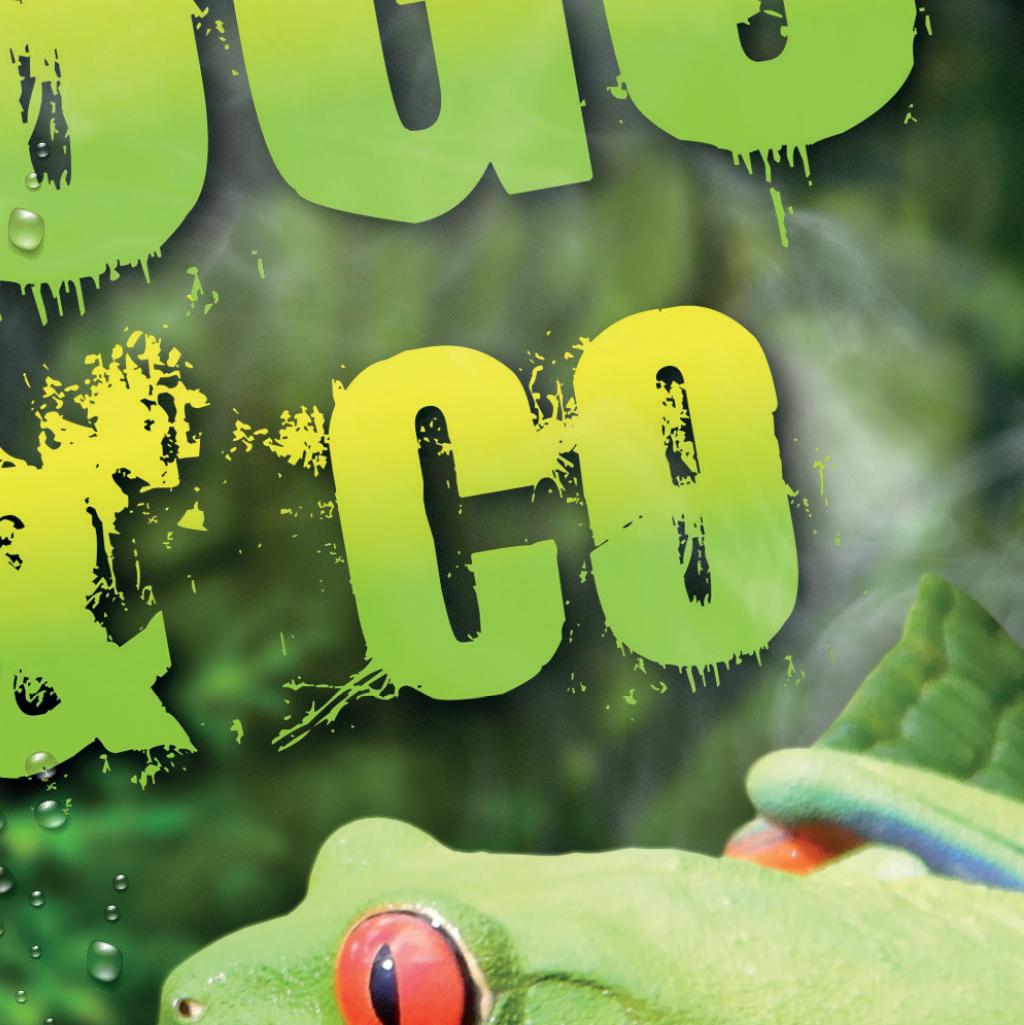
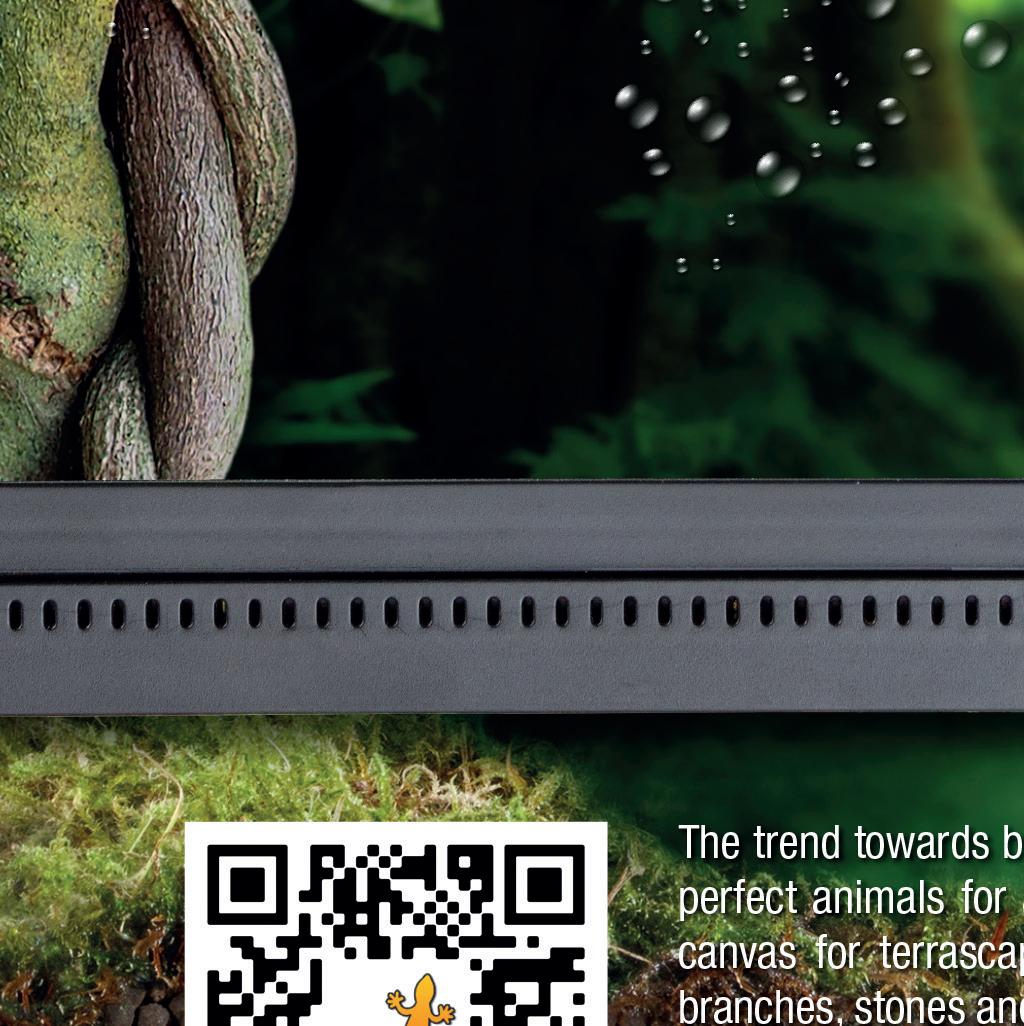
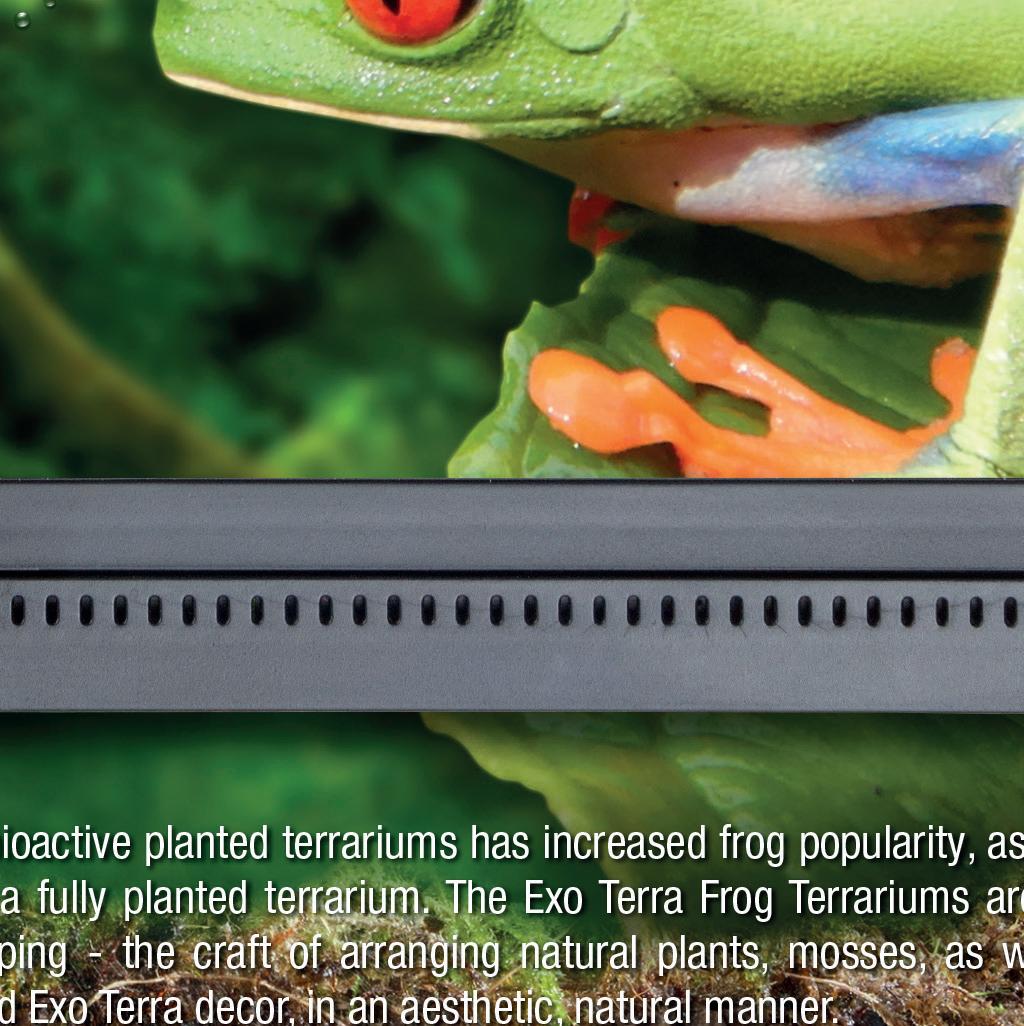


CONTACT US
EDITORIAL ENQUIRIES hello@exoticskeeper.com
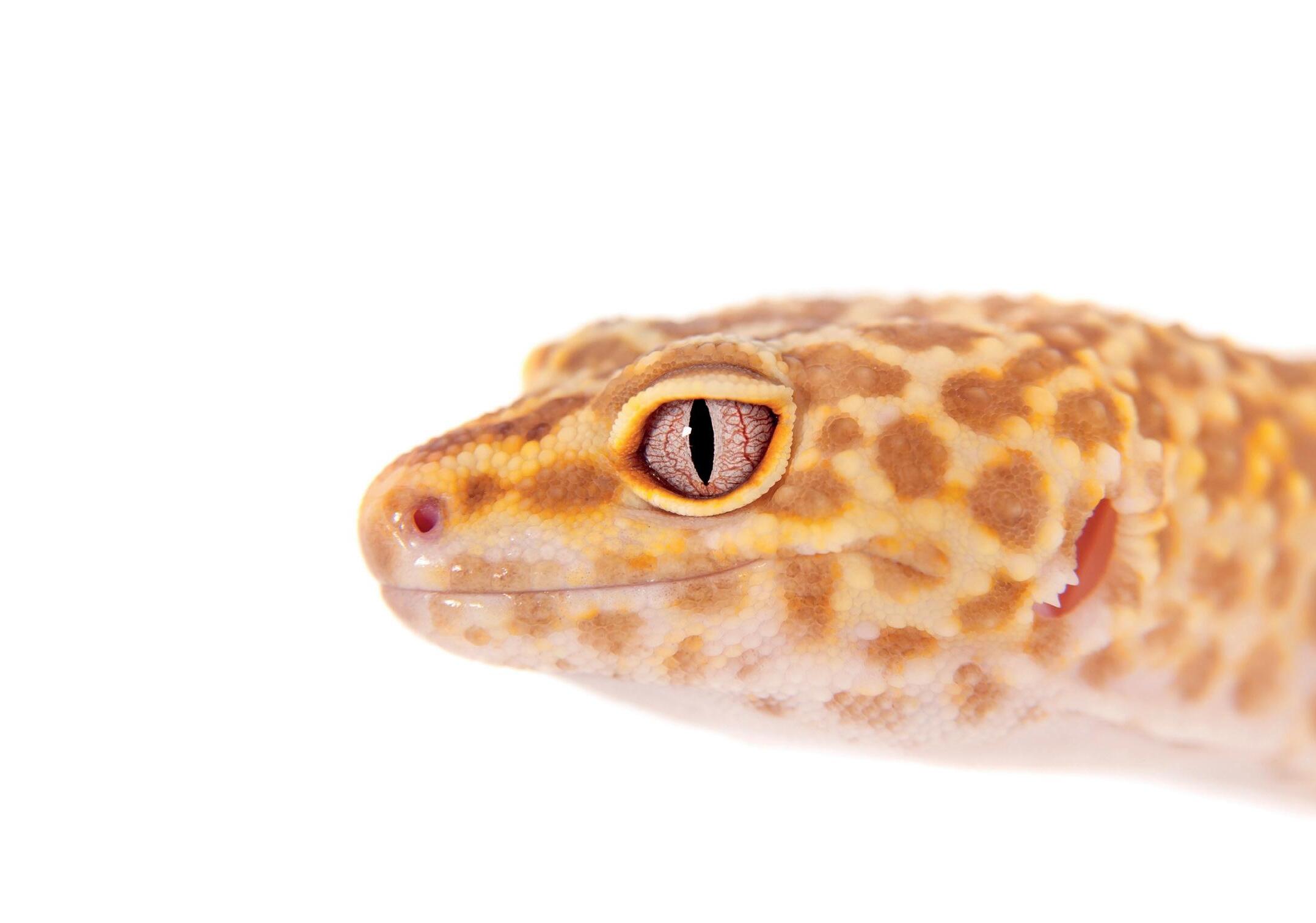
SYNDICATION & PERMISSIONS craig@exoticskeeper.com
ADVERTISING advertising@exoticskeeper.com
About us
MAGAZINE PUBLISHED BY Peregrine Livefoods Ltd
Rolls Farm Barns
Hastingwood Road
Essex CM5 0EN
Print ISSN: 2634-4681
Digital ISSN: 2634-4688
EDITORIAL:
Thomas Marriott

Aimee Jones
DESIGN:
Scott Giarnese
Amy Mather
Subscriptions
Follow us
Hello and welcome to the September issue of Exotics Keeper Magazine. At the time of writing, it is incredibly hot in the UK and extremely refreshing to see everyone and their pets enjoying the sun. I imagine that will have changed by now, but we should still embrace every chance to get outside and up close with nature.
On that note, this issue will take a look at our wider relationship with nature and exotics. We explore the meaning of ‘exotic’ and whether that has an impact on our perspective of conservation. We also break down some of the best herping holidays across the world, particularly for budget backpackers. Blue Iguana Conservation also give us insight into their success in breeding some of the last remaining Cyclura lewisi. Finally, we uncover some of the lesserknown aspects of leopard
feel Exotics Keeper Magazine is entirely necessary. We shine a light on conservation efforts otherwise overlooked by mainstream media and hope to fuel some inspiration to save the world’s weird and wonderful wildlife. None of this would be possible without your
Every effort is made to ensure the material published in EK Magazine is reliable and accurate. However, the publisher can accept no responsibility for the claims made by advertisers, manufacturers or contributors. Readers are advised to check any claims themselves before acting on this advice. Copyright belongs to the publishers and no part of the magazine can be reproduced without written permission.
. . . . . . . . . . . . . . . . . . . . . . . . .
Front cover: (Cyclura lewisi
Right: Leopard Gecko (Eublepharis macularius

AVAILABLE NOW Pinkies 1g+ | Pinkies 1g+ | Pinkies 1g+ | Large Pinkies 2g+ | 10 Pack Large Pinkies 2g+ | Large Pinkies 2g+ Fuzzies 4g+ | Fuzzies 4g+ | Fuzzies 4g+ | Hoppers 6g+ | Small 10g+ | Small/Medium 15g+ | Medium 19g+ Medium/Large 23g+ | Large 26g+ | Extra Large 30g+ Ex-Breeder 35g+ | Ex-Breeder 40g+ Rat Pups 4g+ | Fuzzies 12g+ | Hoppers Small 20g+ | Weaner Small 30g+ | Weaner Medium 50g+ Weaner Large 70g+ | Small 100g+ | Small/Medium 130g+ | Medium 160g+ | Medium/Large 200g+ | Large 250g+ Extra Large 300g+ | Jumbo 350g+ 5 pack | Ex-Breeder 400g+ | Ex-Breeder 450g | Ex-Breeder 500g
02 06 14
02

EXOTICS NEWS
The latest from the world of exotic pet keeping.
06 NO NEED TO FEEL BLUE
Things are looking up for Grand Cayman’s most iconic reptile.
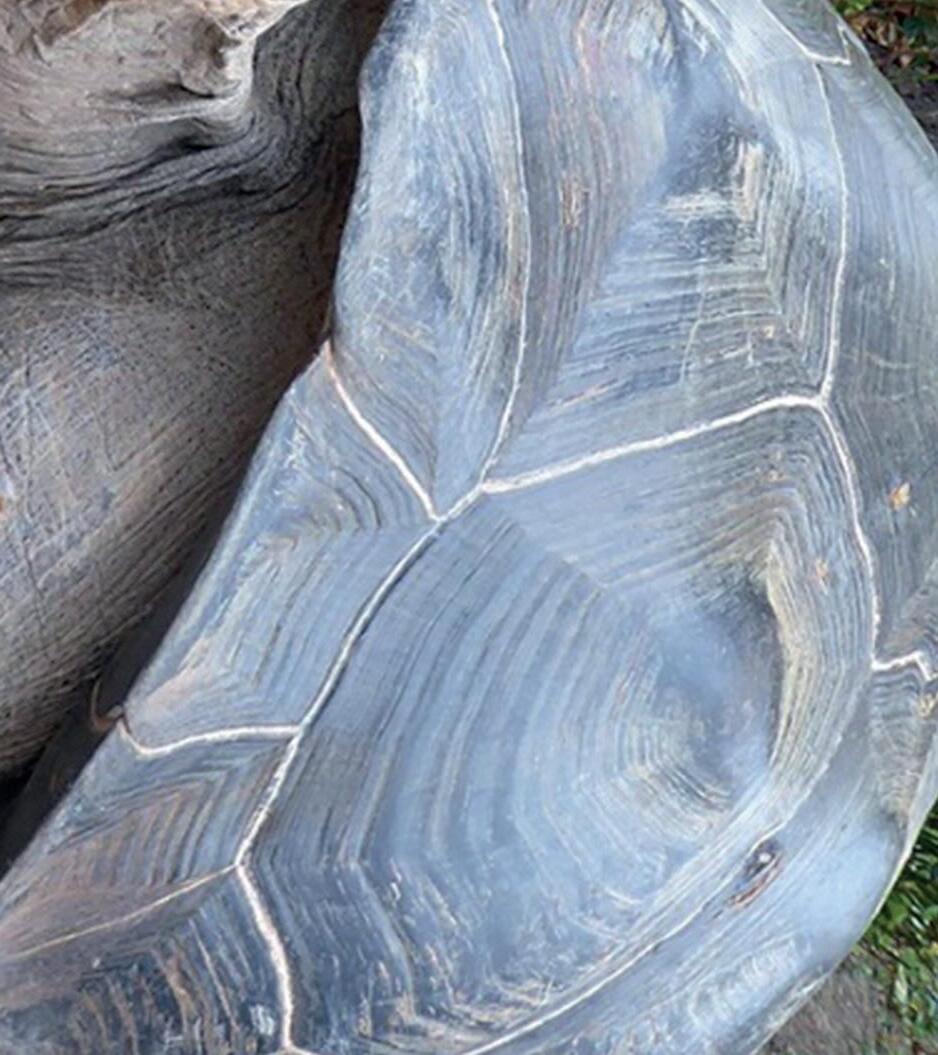
14 SPECIES SPOTLIGHT
Focus on the wonderful world of exotic pets. This month it’s the Fennec Fox (Vulpes zerda).
15 24 36
15 WHAT REALLY IS ‘EXOTIC’?

We talk to The New Forest Wildlife Park and unpick our perception of ‘exotic’.

24 TOP 5 TRAVEL DESTINATIONS

Planning that next big trip? If that place happens to be full of incredible reptiles and amphibians, even better. Right?
36 A LEOPARD CAN CHANGE ITS SPOTS
Taking a deeper look at the natural history and new advancements in leopard gecko care.

44 ANIMAL FACTS
Did you know...?
46 MYTH BUSTED
Is ‘invasive’ always a bad thing?
EXOTICS NEWS
The latest from the world of exotic pet keeping
Call of the Wild Zoological Park

On the site of the former Tropical Wings Zoo at South Woodham Ferrers in Essex, this new collection, run by ex-Colchester Zoo keeper Ryan Shorter, will be opening in the spring of 2022, after his initial plans at another local site fell through. Re-building and restoration work is currently taking place, to work towards obtaining a new licence. In addition a new website is currently under development.
ZSL London Zoo
After 53 years at the zoo keeper Jeff Nicklin retired on 8th June. The new Galapagos tortoise island enclosure is planned to open in mid-August. The three resident females; “Polly”, “Dolly” and “Priscilla” will have a choice of two pools, a mud wallow and a tropical forest area to enjoy.
Zoo-Bred Turtles Released
Zoo Wroclaw, in Poland have taken part in the first ever release of captive-bred critically endangered Palawan forest turtles (Siebenrockiella leytensis). Two turtles have been released in a protected area of the Philippines in conjunction with the Katala Foundation and the Palawan freshwater turtle conservation programme.
Rare Kingfisher Success
A third Micronesian kingfisher has hatched this year at San Antonio Zoo in the USA, which is a tremendous success in aiding the conservation of these “extinct in the wild” birds.
New Parrot Population
John Young, arguably Australia’s premier field ornithologist, is currently on his latest expedition, continuing to search the remote outback, as he has done for the last 40 years.
On the evening of Tuesday June 15th 2021, he found a new population of the critically
endangered night parrot (Pezoporus occidentalis) at an entirely new site. Two birds were heard calling to each other, so are likely to be breeding, with an initial estimate of four pairs in the general area.
In May 2013 John Young found and photographed the first ever live night parrot for over 100 years.

2 SEPTEMBER 2021 Exotics News
© John Young
His ground-breaking discovery led directly to the establishment of the 60,000 hectares ‘Pullen Pullen’ Reserve in SW Queensland, where most encouragingly, the estimated population has been revised upwards to between 30-100 birds. The presence of Night Parrots has also been confirmed at the adjacent Diamantina National Park. However, the scientific report, produced on behalf of the privatelyowned NGO, Australian Wildlife Conservancy (AWC) and based on Young’s original field surveys, has not yet been released to the wider ornithological world.
Other Night Parrots have also been found at around six other suitable sites across Australia since 2013 and hopefully more locations will come to light in the coming years. The current IUCN Red List estimates a population of 50-249 individuals. Effective management practices, such as predator control of feral cats, removal of stock fences and other conservation initiatives, have already been implemented at Pullen Pullen reserve.
had a detrimental effect on the resident groundnesting bird populations. Originally the island supported 3,000 breeding pairs of the little blue or fairy penguin and a breeding population of the short-tailed shearwater.

The growing Tasmanian devil population has now caused a “catastrophic ecological impact” according to recent surveys there are no little blue penguins left on the island, the devils have completely wiped out this endemic bird. Similarly the short-tailed shearwater population has dramatically decreased according to research carried out last year. In addition there are concerns that the normally ground-nesting Cape Barren goose is being forced to try to nest in trees due to the Tasmanian devils activities. The devils are natural burrowers and this digging behaviour obviously disrupts all ground-dwelling/nesting birds hence why the penguins and shearwaters have been so badly affected.
Disaster on Maria Island
Across the years of 2012 and 2013 a total of 28 Tasmanian devils were released on Maria Island, a 116 square kilometre island east of Tasmania, in an effort to boost numbers of the dwindling Tasmanian devil (due to the spread of the deadly facial tumour disease). But by 2016 the population of devils had increased to about 100 animals, which in turn, has

Apple Snails Return

Back in November 2012 the popular apple snail (Pomacea sp) was banned in the UK as it was listed as an “invasive species” and was featured on the list of regulated pest species. Of course in warmer countries of the world the species is still a major problem, but here in the UK they are unlikely to survive and replicate in our colder winters to the same extent.
Thankfully common-sense has since prevailed. The EU legislation was translated into GB law, and earlier in the year the Defra Plant Health team decided to remove the species from the regulated pest list as they are no longer considered a pest in the UK. Now the species is legal to keep once again in the UK (although still not in Northern Ireland due to Brexit) and is becoming available in aquarium outlets once again.
3 SEPTEMBER 2021 Exotics News
© Eric Woehler
New Beetle Found in Fossilized Dinosaur Faeces
For the first time, scientists have found a new species in an unusual place: the fossilized poop of a dinosaur ancestor. Found whole and remarkably intact, the 230-million-year-old beetle, named Triamyxa coprolithica, is the first insect to be scientifically described from fossilized faeces, also known as coprolites.
“This is very exciting research,” says Spencer Lucas, a paleontologist at the New Mexico Museum of Natural History and Science, who was not involved in the work. “This study is cutting edge and explores a whole new area of paleontology that has only been understood in the last decade.”
Coprolites are abundant in museum and research collections around the world. But until recently, Lucas says, few scientists examined these “little capsules of incredible fossil record” for their content, largely because researchers did not think small insects could successfully pass through a digestive system and end up in a recognizable form. Instead, paleontologists got most of their information about insect evolution from unlucky ones trapped in amber, or fossilized tree resin. But these fossils aren’t very old, geologically speaking: The most ancient ones date back to about 140 million years ago.
To discover whether coprolites could indeed preserve insect remains, Uppsala University paleontologist Martin Qvarnström and colleagues examined fossilized droppings from Poland that has previously been associated with the Triassic period, some 230 million years ago. They selected a coprolite fragment nearly two centimetres long
ON THE WEB
Websites

AmphibiaWeb connects people around the world by synthesizing and sharing information about amphibians to enable research, education, and conservation

www.amphibiaweb.org
that, based on its broken ends, suggested it was part of a much larger piece that might be more likely to contain things inside it. Then, they subjected the whole specimen to an intense x-ray beam at a synchrotron. By rotating the coprolite in the beam, they created 3D reconstructions of the coprolite’s contents. What they saw astounded them: incredibly preserved, nearly complete insects just 1.4 millimetres long, as well as fragments like heads, antennae, and legs.
The new species came from dung presumed to have been excreted by Silesaurus opolensis, a beaked dinosaur ancestor about 2.3 meters in length. The beetles were well preserved because coprolites act as microenvironments that can preserve organic material, including soft tissues, without any of the flattening that comes with other fossil types.
This extinct beetle likely belonged to a group known as Myxophaga, small beetles that thrive on algae in wet habitats, says study co-author Martin Fikáček, an entomologist at National Sun Yat-sen University. The team categorized it taxonomically by noting shared characteristics, like the number of abdomen segments or the position of the antennae, to modern Myxophaga, of which four lineages still survive today. The find is remarkable, Qvarnström says. “We have found bits and pieces [of insects in fossilized faeces] before, but not enough to describe a new species, genus, and family,” like this.
As for T. coprolithica, researchers say there is no way of knowing why it went extinct while its cousins survived into the modern era.
(Source; www.sciencemag.org)
Collated and written by Paul Irven.
4 SEPTEMBER 2021
month we highlight a favourite website or social media page
Each
THIS MONTH IT’S: AMPHIBIAWEB
Exotics News
| Social media | Published research
Small, Medium, Large
Filtration cartridge design. Adjustable flow rate.



Can be used vertically or horizontally with a minimum water level of 3cm.












Multi-directional clamp.



Heat resistant ceramic fitting.

Heavy gauge, highly reflective aluminium dome.






Detachable protective mesh cover.

In-line on/off switch. (lamp not included)

Easy to use and comes complete with accessories.

Small, Medium, Large






























WWW.REPTILESYSTEMS.EU In������������������������������������������������������������������������n�������������������� M��c����������������c�������� ���������������������������������� ������������c����������������c��������
Clamp Lamp
Hook Clip
FLOW
 Blue iguana (Cyclura lewisi)
Blue iguana (Cyclura lewisi)
NO NEED TO FEEL BLUE



Things are looking up for The Cayman Islands’ most iconic reptile.
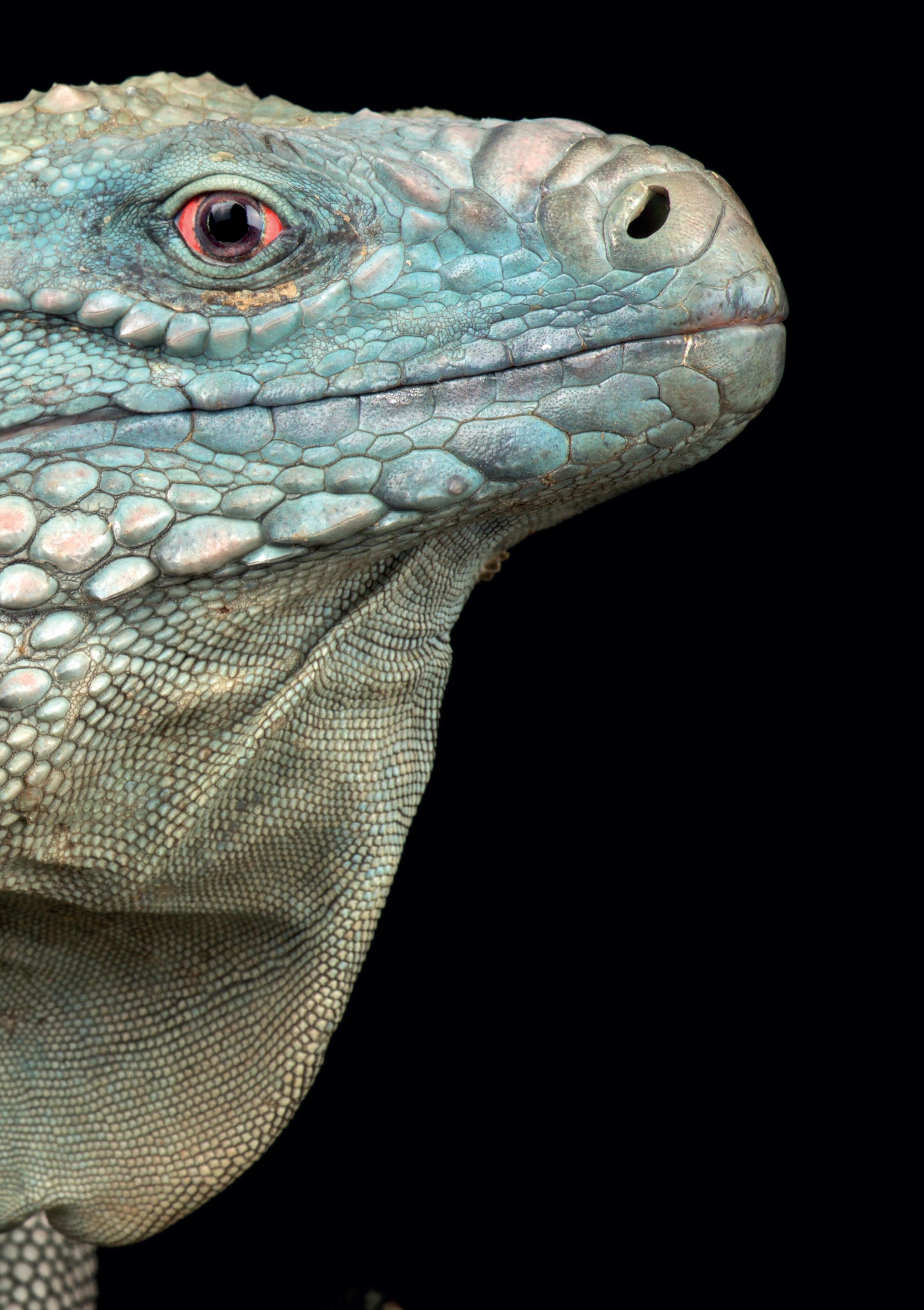
7
Cyclura lewisi, otherwise known as the Blue Iguana, was a Critically Endangered species with as few as 30 individuals left on the planet in 1990. Fast forward thirty years and endless hours of dedicated conservation work and the picture for the blue iguana, is looking increasingly optimistic.
With the assistance of various sponsors across the world, the National Trust Cayman Islands established an in-situ breeding programme for the 30 remaining iguanas. As this species only inhabits Grand Cayman, authorities were able to successfully replicate wild conditions within a facility that allowed for the rearing and study of C. lewisi. The project reached a milestone in 2018 when the 1000 iguanas which
were raised in captivity were released into the wild. At this point the ‘Blue Iguana Recovery Programme’ transitioned to become ‘Blue Iguana Conservation’ and phase 2 of saving the species in their wild environments quickly ensued.
“The blue iguana is a conservation-dependant species” explains Luke Harding, Conservation Director
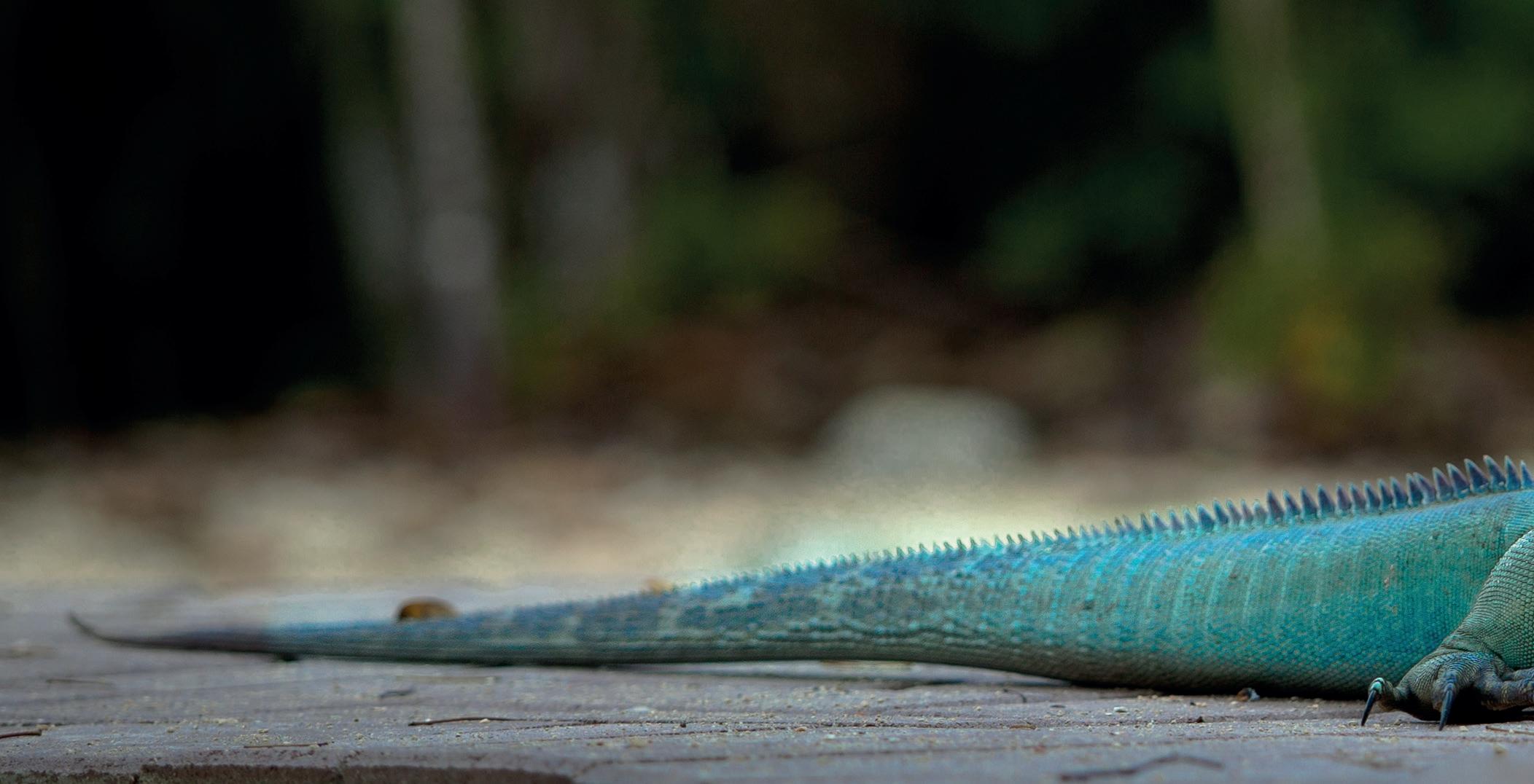
8 SEPTEMBER 2021 No Need to Feel Blue
at Blue Iguana Conservation. “The story of their recovery from less than 30 animals is one of true conservation optimism, however all we have done through this remarkable achievement is to buy the species time, whilst we try to understand and mitigate the threats that continue to drive them back toward extinction.”
Although far from complete, the programme represents a major success for captive breeding efforts across the world. Usually considered as a last resort for many species facing extinction, captive breeding with the ambition to release animals into the wild has provided one last lifeline for the blue iguana. However, as any keeper from zoos or the private sector is aware, captive breeding projects are extremely demanding and regularly present challenges.
Luke continued: “The captive breeding and release of over 1,000 blue iguanas was a huge achievement and milestone, not
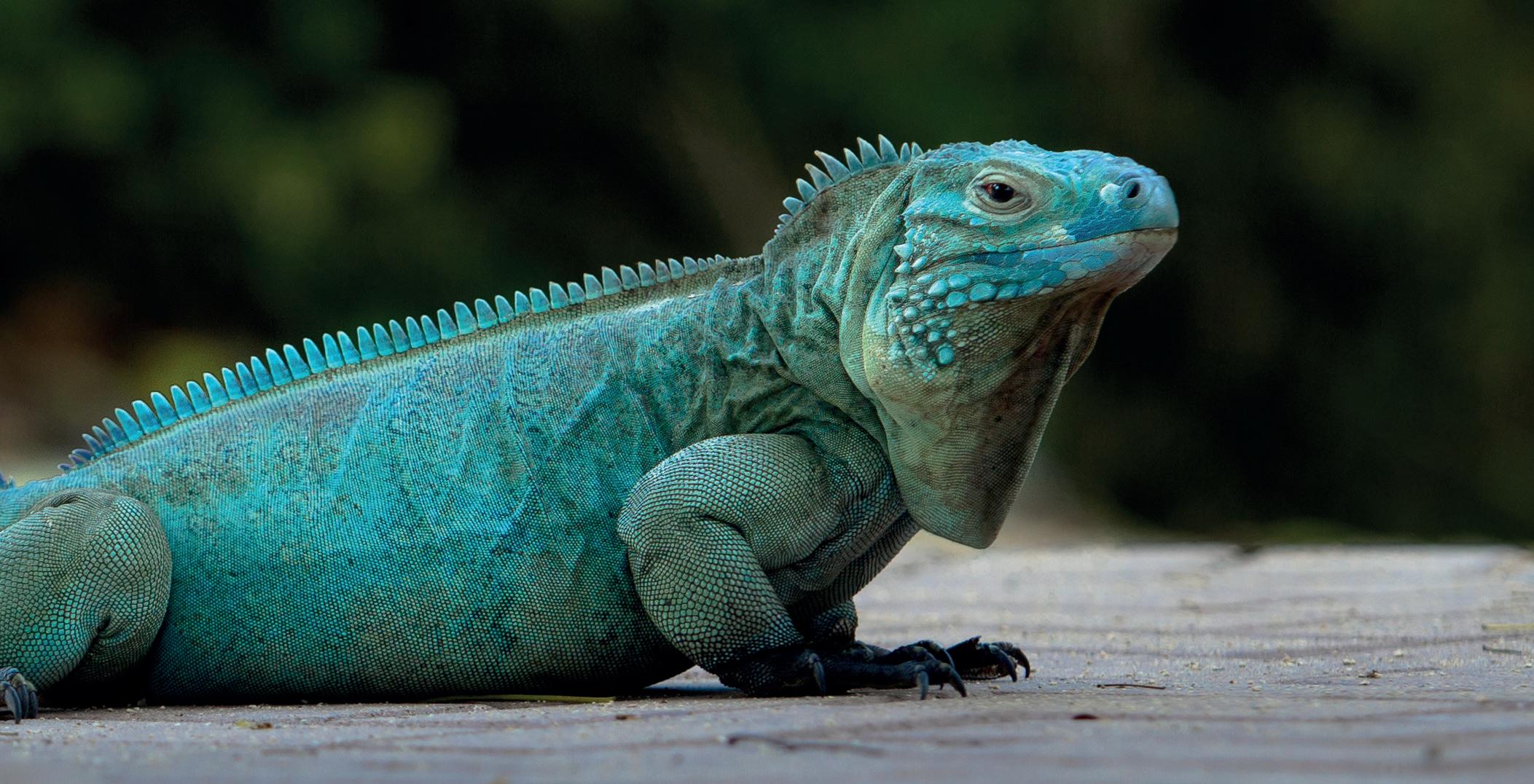
only for this project, but also for all species conservation projects.
Breeding 1,000 animals takes a huge amount of dedication, time, and resources. The history of Cayman’s blue iguanas is a great example of not paying attention to a species decline until it is nearly too late. The first conservation efforts for blue iguanas began thirty years ago, when nothing was known about the species or its husbandry requirements. This meant it was a huge challenge through trial and error to learn how to keep and breed this species successfully in captivity and over time learn the difference between keeping the species alive and breeding against keeping them optimally and producing fit and healthy iguanas over generations.”
“Another major challenge faced with this programme and the small number of founders is ensuring
that you maintain genetics and stop inbreeding. Blue Iguana Conservation has been lucky to have been managed under the expert supervision of Tandora Grant who has managed the population since 2001. Detailed genetic research shows that the management and meticulous preservation of founder lines has meant that the on-island captive population has not expressed an inbreeding depression, therefore demonstrating a successful, genetically viable conservation breeding programme to date.”
9 SEPTEMBER 2021 No Need to Feel Blue
“The history of Cayman’s blue iguanas is a great example of not paying attention to a species decline until it is nearly too late.”
DID YOU KNOW?
From egg to adult

Like any breeding project, getting the animals to mate is only the start. When the stakes are raised in such a way that a species’ future depends on the project itself, understanding the optimum conditions for breeding, incubation and release becomes more important than ever. After 30 years of breeding blue iguanas and learning which methods suit the preservation of the species and the limitations of the available resources best, Blue Iguana Conservation have created a very successful model.

measured and photographed before being housed individually. Other hatchlings are also weighed, measured and photographed, before being placed into larger holding cages where they will be group-reared within their clutches. All hatchlings are offered fresh food (lots of flowers, fruit and soft leaves) and fresh water daily and their housing is cleaned daily to maintain best practice husbandry standards; weights and measurements are recorded monthly.”
Grand Cayman is the largest of the three Cayman Islands. It is approximately 76 miles squared and is located 275 miles South of Cuba and 275 miles North of Jamaica.
Grand Cayman has a stable temperature all year round, consistently averaging between 25°C and 30°C with seasonal rain.


Luke explained: “Our blue iguana eggs are most commonly incubated artificially in order to increase the survival rate from the outset once they emerge as hatchlings. The new hatchlings remain outside of their eggs but still in the incubator for about 7-10 days before we bring them to their holding cages at the Blue Iguana Conservation facility. Hatchlings from targeted pairs (those of higher genetic importance, if you will) are weighed,
“We are informed which animals and when and where they are to be released by the studbook keeper for the Grand Cayman blue iguana, who is based at San Diego Zoo Wildlife Alliance’s Institute of Conservation Research. We are able to release specific individuals into any of our three protected areas depending on the volume


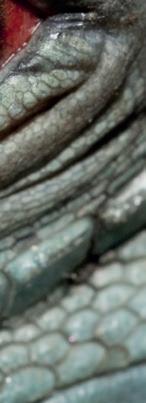






The Cayman Islands are an Englishspeaking British overseas territory. They also invite foreign ownership of property, meaning development across the island is happening quickly, much to the detriment of the local fauna.
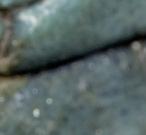




No Need to Feel Blue
SEPTEMBER 2021 10
of representation of that genetic line already in a specific area. Hatchlings that are more genetically important are kept for several years in order to either become breeding animals at the facility or to be released at a later date. Iguanas that do not need to stay in captivity can only be released when they reach a weight of a minimum 800 grams, pass a veterinary assessment including blood and faecal samples, carry out a stint in quarantine and they are tagged with both a microchip and identification beads prior to release. Post-release monitoring is critical to learning about the success of releasing any species, therefore the other half of conserving blue iguanas is fieldwork, which includes annual census surveys, regular protected area habitat monitoring (i.e., to check for illegal logging and other activity on the land) and observations of both wild and released blue iguanas.”







A grand community


Being Grand Caymans most endangered species, ensuring that the local residents are as passionate about blue iguana conservation as possible will help spread the workload. As such, the Blue Iguana Garden Initiative was set up to encourage residents to grow plants which can be used as supplemental foods for the iguanas. Identifying that the development of the island has had disastrous impacts on the wild populations of blue iguanas has allowed the initiative to mitigate some of the potential harm caused by human inhabitants by spreading positive conservation messages.

Tourists and residents are also invited to volunteer in the programme. Whether it involves basic husbandry such as preparing foods and cleaning enclosures or skilled labour, the project aims to encourage everyone on the island to be proud of their local wildlife. Numerous campaigns aimed at encouraging responsible vehicle use and preserving the Salinas Reserve and Colliers Wilderness Reserve from disease and predators have already proved successful.

No Need to Feel Blue
11 SEPTEMBER 2021
Blue Iguana Conservation also offers tours of their breeding facilities as well as the nearby nature reserves. Having a conservation project that is so transparent allows for tourists and residents to feel fully involved in the progress that is being made. It is no secret that generating public interest for the preservation of reptiles and amphibians is generally more challenging than their mammalian counterparts. Perhaps this approach, which breaks down some of the red tape usually associated with conservation allows for resources to stretch further and visitors to engage with the animals.
Luke continued: “Although Blue Iguana Conservation is a project under the National Trust for the Cayman Islands, the main revenue for the project is through people visiting the Blue Iguana Conservation facility, blue iguana adoptions, private donations and, where we can, we try to gain funding from grant funding bodies. Therefore, our conservation work requires support from the general public, both locally and internationally. The blue iguana is a flagship species here on Cayman and on-island support is, and has been crucial, particularly during the Covid-19 pandemic, in order to create national pride in the endemic blue iguanas. We welcome many school groups to the facility, along with many other public and VIP events, and, of course, facility visitors. International support is also vital due to the potential for higher fundraising amounts, tourism (once Cayman reopens its borders) and assisting with certain expertise, for example, specific veterinary assistance or field equipment.”
“Grand Cayman is a small island and most of the land is privately owned, so without public buying into the project and a desire to preserve the species there is little chance of ensuring that the changes required to mitigate the threats and preserve the iguanas will happen now or be sustained into the future.”


Blue Iguana Day
On Saturday, 8th May 2021, Blue Iguana Conservation (BIC), the National Trust for the Cayman Islands (NTCI) and International partners (from New Zealand to the USA) celebrated the first ever International Blue

Iguana Day! The family-friendly event was held at the Blue Iguana Conservation facility located next to the QEII Botanic Park. Luke Harding, BIC Operations Manager, who spearheaded this initiative said, “Many people have enquired why it was an international day. Although blue iguanas are endemic to Grand Cayman, the project reach is truly global and has had assistance and input from many individuals and organisations all over the world, who have helped to fight to keep the blue iguana from extinction. Making it an international day was to recognise and celebrate that the efforts have not solely been on-island, and it is also a chance for Grand Cayman to show off to the world the natural treasure that is the blue iguana.”
A long way to go
Although the Blue Iguana Conservation initiative is a story of great success thus far, the threats that face the species are not going anywhere any time soon. In fact, maintaining this success and the continuation of such dedicated individuals and sponsors is a huge challenge. This means that whilst under the supervision of some of the most highly qualified and dedicated herpetologists in the world, the future of the blue iguana is blurred to say the least.
Luke concluded: “The final main challenge is sustaining interest and funding for the length of time required to achieve this goal and beyond. After 30 years of grants, donations and support it can be very difficult to keep finding funding avenues or keep people engaged to donate and support the programme. However, without future support, continued research and positive conservation measures to mitigate the threats, the species will go backwards in the path towards a sustainable wild population.”
Ultimately, sustainable conservation efforts rely on the preservation of suitable environments for the animals to live. While breeding projects can provide that last lifeline and in this case, this has been extremely positive, the existing threats still exist. These include growing infrastructure, feral cats, invasive green iguanas as well as several diseases. While the extremely successful breeding project now means that the island has a second chance to save the blue iguana, developing a relationship whereby humans and nature can thrive is the only true way to guarantee the survival of a species. What happens on Grand Cayman in the future is entirely dependent on this relationship.
For continued updates and to support Blue Iguana Conservation, please visit their website http://nationaltrust.org.ky/our-work/ conservation/blue-iguana-conservation/









SEPTEMBER 2021 No Need to Feel Blue
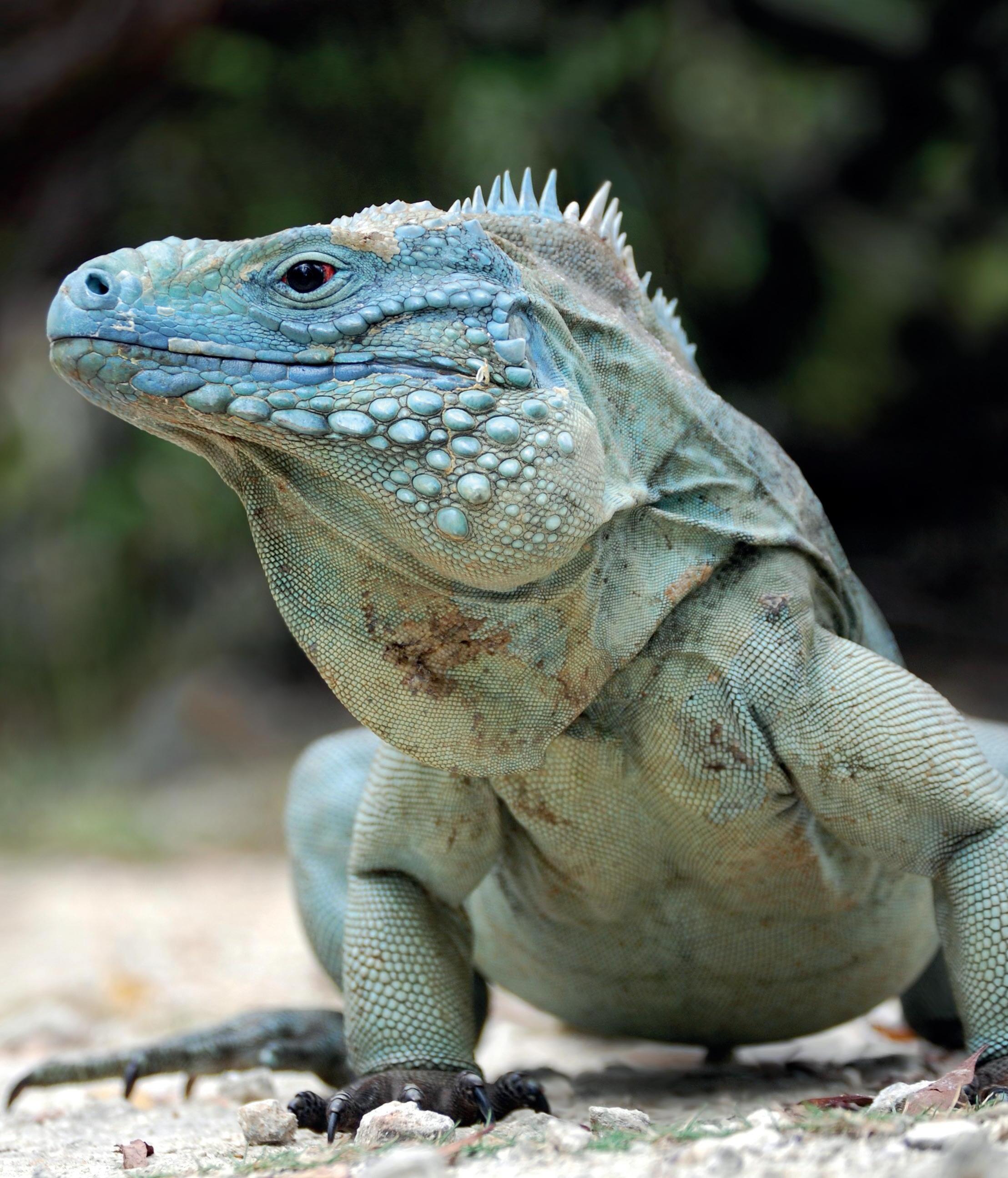
13 No Need to Feel Blue SEPTEMBER 2021
SPECIES SPOTLIGHT
The wonderful world of exotic pets
Fennec Fox (Vulpes zerda)
Fennec foxes are the smallest of the Canids. Coming from Saharan Africa, these tiny animals are perfectly designed for life in the desert. As well as having heavily furred paws to protect from the hot sand, their light colouration and oversized ears help to dissipate heat from the hot sun.
Of course, their angular ears are primarily hunting tools. Fennec foxes will tilt their heads, using their sensitive ears to triangulate prey beneath the sand, which consists largely of invertebrates. Unusually, these tiny carnivores have also evolved to survive without ever drinking. Instead, they get their moisture almost entirely from vegetation and prey items.

Fennec foxes are largely nocturnal, spending the majority of the day in their communal dens. Being highly sociable creatures, they opt to live in small groups of up to 10 individuals. Their cryptic behaviour means we still know very little about these group dynamics.
As with many highly specialised exotic mammals, fennec foxes pose a challenge for prospective owners. Their popularity in the US pet trade has trickled slightly into the UK with a number of people keeping them privately, despite their limited availability. Ensuring that the animal is maintained to zoological standards and is not treated synonymously with small, domesticated dogs is
an important first step to providing acceptable husbandry and still presents an issue in the USA.
Having such a large distribution across Northern Africa, fennec foxes are not considered threatened. However, some populations have been decimated due to hunting and entrapment for tourism. Being small carnivores, their role in controlling rodents and locusts means fennec foxes are beneficial to agriculture, despite their persecution.
Species Spotlight
14 SEPTEMBER 2021
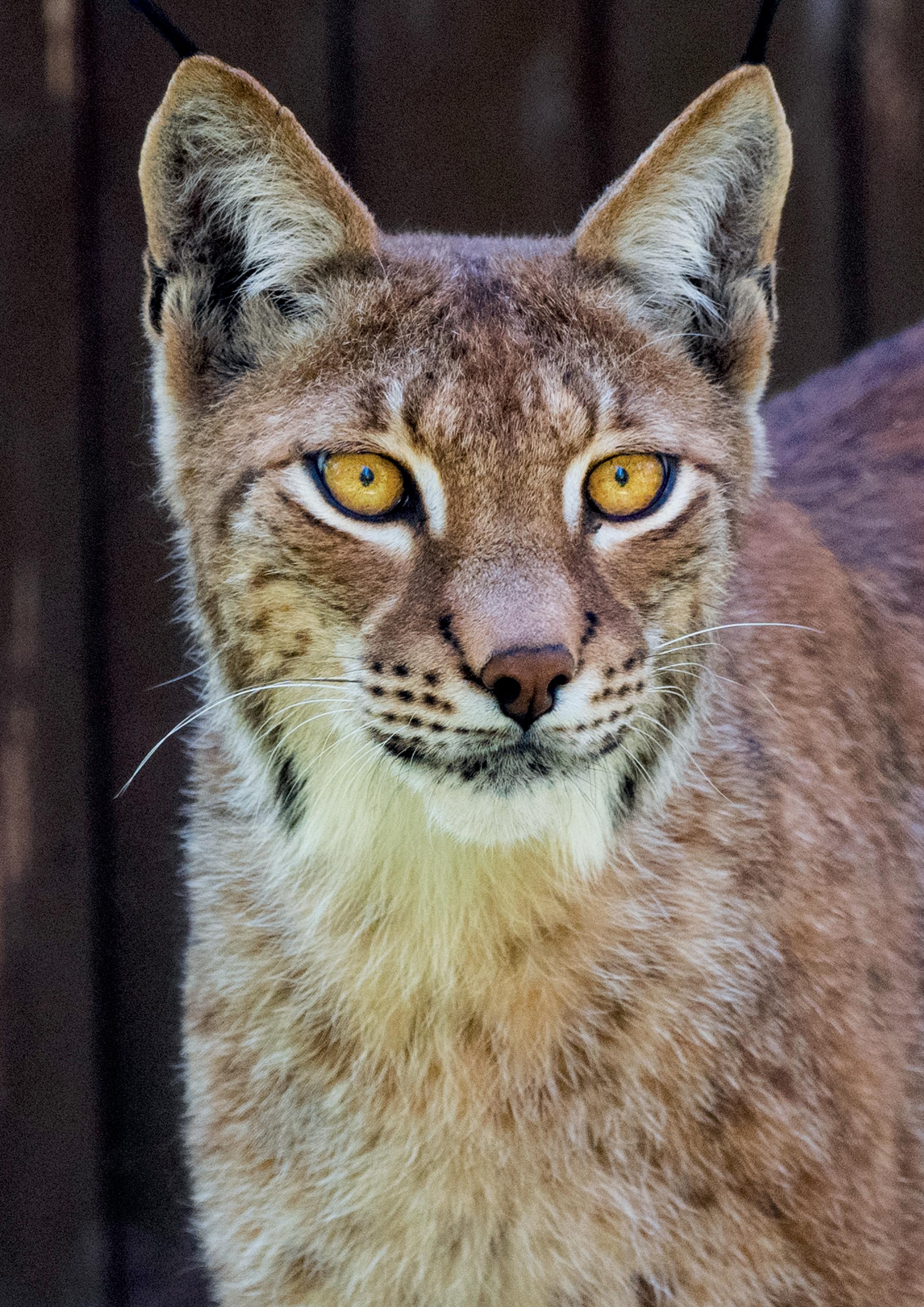




IS ‘EXOTIC’?
our perception of ‘exotic’ and its impact on how we view wildlife. 15
WHAT REALLY
Unpicking
With zoos having to strike a fine line between being educational whilst also being economically viable, certain species are more favourable than others. We are taught to love exotic animals like lions, tigers and elephants from an early age, but what about the animals deemed less interesting by society?
The New Forest Wildlife Park is one of the few zoos in the UK that focuses almost entirely on European species. The zoo, which began as a rescue centre at a facility in Derby now hosts multiple breeding projects aimed at preserving threatened European species such as European bison (Bison bonasus), pine martens (Martes martes) and Eurasian otters (Lutra lutra).
Alex Cottrell, Keeper at New Forest Wildlife Park said: “We emphasise native species because it’s our passion and our founder’s passion. It is great to get people in and introduce them to animals that live or used to live in the UK. We have European bison here, they’re some of the larger animals and very endangered with only around 5000 left but we also have owls and otters too. It’s nice to focus on the animals that are overlooked. These animals play an important part in the natural ecosystems.”
By focusing on a specific geographic location, presenting a holistic look at the interconnectedness of the ecosystem becomes much easier. Boasting a ‘frog pond’, various wildflower areas and set in a wider woodland environment, New Forest Wildlife Park helps paint a picture of the natural world from a different perspective.
Alex continued: “Most zoos have their big 5 but it’s so important for collections to have other species. It’s fine that they want these big animals to bring people in and that money can be passed down onto other species that need just as much help. We emphasise the smaller ones such as European tree frogs, harvest mice and badgers. People don’t realise that there needs to be a focus on habitat restoration, breeding projects, those sorts of things and so to emphasise the small animals helps to show the bigger picture.”
“Getting up close to animals is so important for the education of people at any age. Getting introduced to animals at a young age is important to realise they are friendly, and they are important. But, for older people, just meeting a keeper will let them know these animals are individuals. They all have unique personalities, and all demand a certain level of respect.”
The park’s focus on unassuming species creates great opportunities for discussion. For example, the grey partridge (Perdix perdix) has seen a 91% decline in population numbers between 1967 and 2010. Major efforts are underway to triple the number of breeding pairs which previously sat at 43,000. Despite being appointed as a UK
16 SEPTEMBER 2021
What Really is ‘Exotic’?
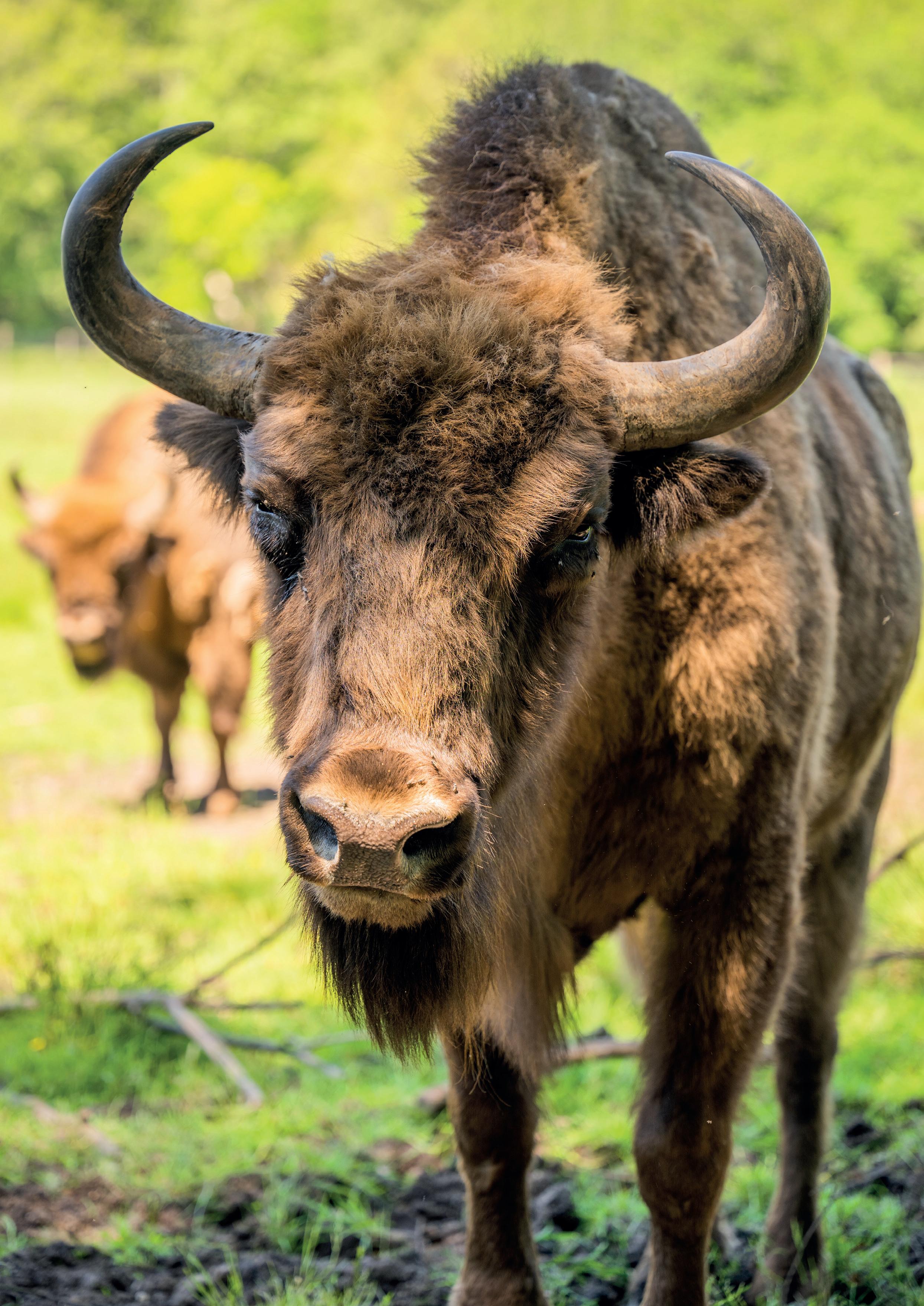 © William Parkinson
© William Parkinson
What Really is ‘Exotic’?

Biodiversity Action Plan Priority
Species, this bird is still often confused for the red-legged or French partridge (Alectoris rufa) which was introduced as a game bird in the 1700s and has a very healthy and stable population. New Forest Wildlife Park has chosen to display the grey partridge, with ambitions to breed them in the future, to introduce visitors to the threats that face this native species. Being a small collection, visitors also get more opportunities to speak to keepers throughout the day and while some animals will be more appealing to younger visitors, many parents or older visitors can be introduced to species they would have never previously considered to be threatened.
Jason Palmer, Curator of the Park, manages the studbook for Asian short-clawed otters (Aonyx cinereus). A studbook is a document listing every individual animal in European zoos of a certain species. This helps breeding projects track the genetic heritage of their animals and ensure a healthy captive population and is always managed by an individual keeper or dedicated affiliate of the zoo. Although each individual species demands an entirely different approach, having healthy animals with a diverse gene pool makes the possibility of reintroduction much more promising.
Rewilding the UK


Linguistically, ‘exotic’ is a rather ambiguous term. The definition for this word is described as “originating in, or characteristic of a distant foreign country.” What may be deemed as ‘exotic’ for some, certainly is not exotic for others. This is where the debate around re-wilding the UK becomes slightly contentious. Animals that thrived in the UK just a few centuries ago that have now been entirely eradicated from the island nation are often seen as ‘exotic’ and thus, an alien species.
In previous issues, we have discussed ARC’s involvement in re-wilding pool frogs (Pelophylax lessonae) back into the UK.
However, recent initiatives aimed at bringing slightly larger and potentially more destructive animals back into Britain are well underway. For example, Eurasian beavers (Castor fiber) were reintroduced to the Forest of Dean in 2017, four centuries after they were wiped out from Britain. Now, the area is already benefitting from increased flood resistance and greater soil quality as the





18 SEPTEMBER 2021
© William Parkinson
animals fill the ecological niche that was subsequently left open. In the Netherlands and Romania, European bison (Bison bonasus) were reintroduced back in 2007. Similarly, these national parks are seeing great ecological benefits as the natural grazing allows for more flora and fauna to thrive, prompting Kent Wildlife Trust to release a small population of bison near Canterbury in 2022.
The most current and possibly contentious discussion around rewilding is the reintroduction of the Eurasian lynx. This species went extinct in the British Isles around 1300 years ago. Since then, its remaining range has been decimated particularly in Western Europe. Population numbers dropped to around 700 individuals in the 1950s and have since received great support, stabilising their numbers throughout their remaining range. Being keystone species, they have a huge environmental impact. By controlling Britain’s overpopulation of deer, the lynx can essentially prevent overgrazing, improving soil quality and biodiversity throughout the ecosystem.


Alex continued: “The UK is an interesting case. We have been at the forefront of industrialisation and farming so much of our country is divided up into farmlands, divided by roads and railways. Lots of habitat disruption has happened and that has prevented gene flow and removed entire species from the wild. The reintroduction of species that have been removed is a big topic but it is important. We have invasive species but we also have native species that both require control in their populations. Obviously there are non-natives like muntjacs (Muntiacus .sp) and grey squirrels (Sciurus carolinensis) which are outcompeting native species. Naturally you would have predators who would control them, predators such as lynx and wolves. This would make sure the ecosystem isn’t overburdened.
What you have is a carrying capacity. An ecosystem can only control so much, it can only feed so much, it can only host so much. Reintroducing predators would be a key way to control that without us being directly involved. There are always going to be negative affects, they might overstep boundaries and they can eat too much. Certain species are worth introducing to the UK and even though there’s positives and negatives, if it’s done in the right way, I think the positives will outweigh the negatives.”
As with any reintroduction effort, there are a lot of aspects to consider. UK farmers are extremely sceptical of introducing apex predators back into our ecosystems. Naturally, there will be crossovers and sheep may be preyed upon. Although Lynx UK Trust’s public survey had a 92.8% approval rating, there are clearly risks involved despite human impact creating the problem in the first place.
According to the WWF, the UK is one of the most naturedepleted countries in the world, with 70% of our countryside converted to agriculture. With such a huge percentage of the country dedicated to just single species, it means that one in seven species of all UK flora and fauna are threatened with extinction. In fact, more than half of all native species are in decline. Re-wilding is therefore often the last measure that authorities can take to help preserve the UK’s precious plants and animals.



Re-wilding is not limited to large mammals. Anyone can get on board with re-wilding efforts in a whole myriad of ways. Anything from going out and volunteering on huge projects, to simply leaving a patch of the garden to grow naturally will assist in providing a lifeline to threatened species.



What Really is ‘Exotic’?
19 SEPTEMBER 2021













 © William Parkinson
© William Parkinson
Learning to love UK wildlife
Naturally, as exotics keepers, we have a fascination with the weird and wonderful. This fascination can sometimes lead us to overlook the incredible wildlife and biodiversity we have on our own doorsteps. As a reptile enthusiast, herping in the UK can seem somewhat underwhelming compared with tropical locations across the world. However, it also brings with it a whole plethora of perks. Learning to love the nature on your doorstep means that you can be present for longer, visit the same spots more frequently, have access to all necessary equipment and schedule your days according to time and weather. All of these are brilliant tools in the arsenal of any avid wildlife watcher.
Will Parkinson is a wildlife photographer from the UK. After graduating from Falmouth University with a degree in Marine and Natural History Photography, he has turned his attention towards photographing the exciting species in the UK. However, Will understands that exotic species can often be more enticing to amateur photographers as he explained: “What really got me into UK wildlife was that I didn’t have the money to fly across the world to all kinds of exotic places to see lions, tigers etc… This limited me to staying close to home and doing research into UK wildlife and their behaviours. I ended up falling in love with quite a few UK species and now spend most of my spare time in a bush or laying in mud to get the best possible photos that I can. I don’t think that a lot of people realise how much wildlife we have here in the UK. One of my favourite species to photograph are Otters.”
Even those without a camera can get immense joy from wildlife watching. It’s very possible to have unforgettable encounters with incredible wildlife here in the UK, with a little bit of knowhow and patience. Even the enjoyment of bringing wildlife into the garden can provide some great entertainment.
doorstep. Even in busy cities like London, you can see plenty of wild birds and even foxes. Woodland areas are generally your best bet for wildlife as it offers shelter and security for many animals. Keep an eye out along hedgerows for small burrows and potential fox dens. Also, a great investment is a pair of binoculars, they help me spot all sorts of animals while out on walks.”
“Do your research into a particular species that interests you” explained Will. “For example, badgers are nocturnal, so it is much more difficult to see them in the winter months. Start leaving out small amounts of food using birdfeeders and even get a camera trap. Make sure you keep as quiet as possible when you see anything to not scare it off and be respectful of its space.”
“Depending on where you live there is most likely wildlife on your
Interestingly, as exotics keepers we can find ourselves swayed by the weird and wonderful and forget to appreciate the wildlife directly in front of us. Will concluded: “Wildlife photography is like any other art form, it’s very controversial. Many people want to have photographs of a lion taking down a wildebeest in Kenya, whereas some people love to see images of nature they can see on a daily basis where they live. For me, personally, I find pleasure in watching someone look at a photograph taken just outside their home in astonishment, as they never knew an otter was 20 feet from them.”

What Really is ‘Exotic’?
21 SEPTEMBER 2021
“You can get a lot from a book, but if you don’t see the animals you can’t understand the scale. Zoos have a massive role to play in education. Meeting animals up close helps you understand the respect they deserve.”
© William Parkinson
What Really is ‘Exotic’?
UK reptiles and amphibians
The UK has some truly amazing reptiles and amphibians. However, observing them in the wild is easier said than done. Reptiles are naturally rather cryptic in their behaviour and with most species facing severe threats of habitat loss, spotting wild reptiles in the UK is becoming increasingly more difficult. Furthermore, species such as the adder (Vipera berus) can be deeply affected by habitat disturbance, from removing scrub areas vital for mating and hibernation to actually disorientating the animal by moving it, reptile habitat preservation is vital.
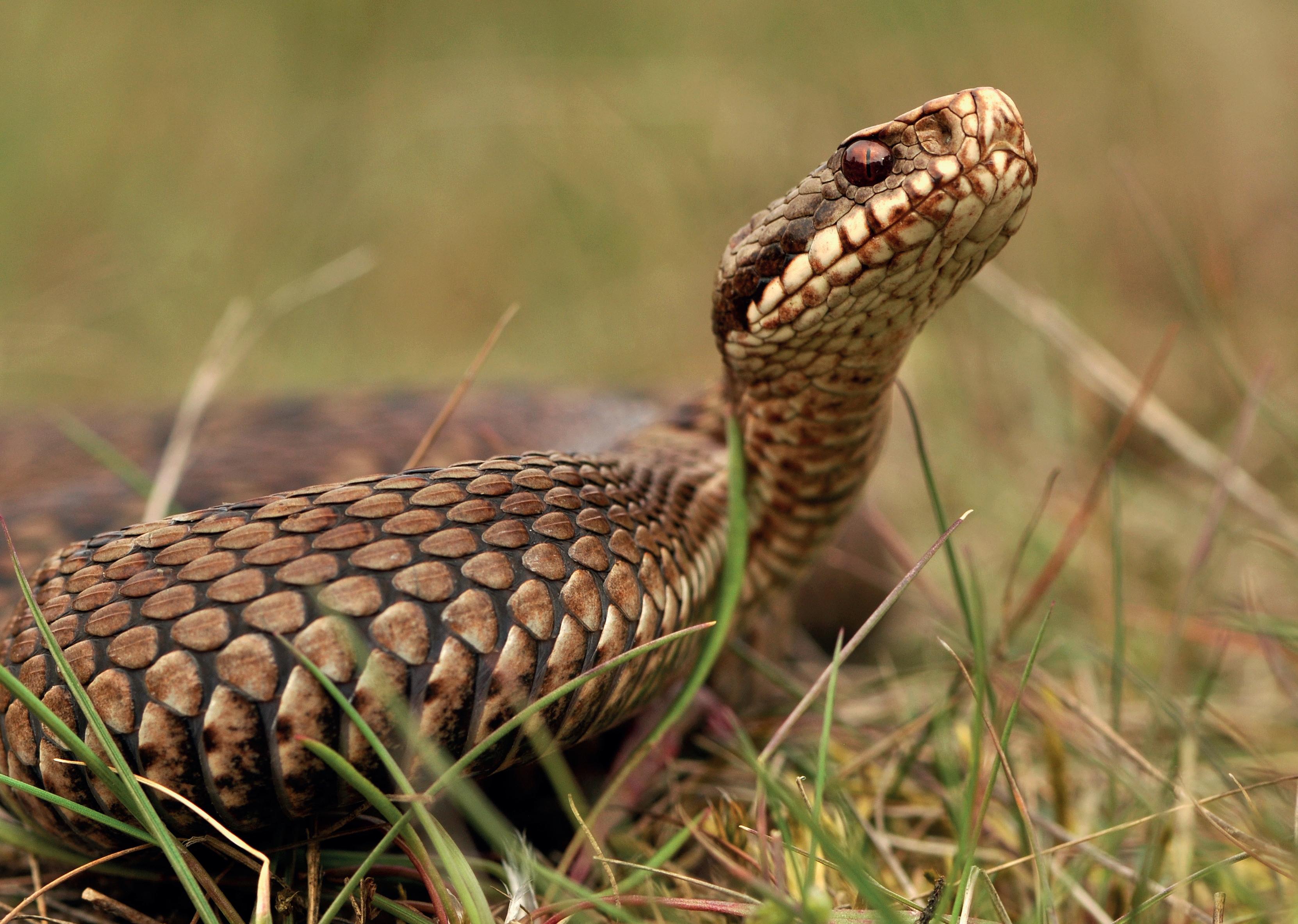
Therefore, setting up a viable habitat within your own means that you can preserve is a great way to get close to UK reptiles. Creating a compost heap with a few sheets of corrugated metal on top should attract any nearby slow worms. If a body of water is also present, this is perfect for grass snakes too. Building a pond should give frogs and toads a place to spawn and lucky residents might even encourage newts into their back garden.
For those looking to go ‘herping’ in the UK, it is technically illegal for people to lift the corrugated
metal placed around designated survey sites for UK reptiles. Therefore, encouraging animals into the garden is a much better way of observing them, whilst also giving you more opportunities to spot natural behaviour from the comfort of your own home.
For those who do not have the luxury of a rural garden space or allotment, certain countryside habitats lend themselves to reptiles. In the UK, heathland is an excellent habitat with the lowland heath in The New Forest and Dorset hosting all our native reptiles. Equally, adders can be spotted in heathland in Yorkshire and open woodland across the UK. Visiting these locations and following the countryside walks could prove fruitful for anyone hoping for a glimpse of native reptiles.
Ultimately, learning to love the wildlife on our doorsteps can bring huge benefits to the wider ecosystems and general attitudes towards conservation. Having a fascination with exotic animals from faraway lands is a brilliant way to inspire ourselves and those around us but finding value in all flora and fauna is the greatest way to preserve the worlds biodiversity.









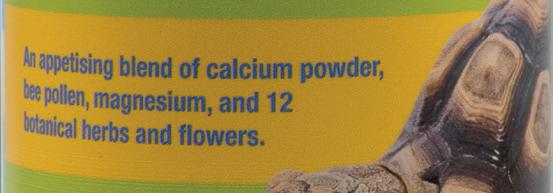











Tor toise Botanical Calci Dust LIFE S ERIES PRO REP A premium calcium supplement. Fortified with magnesium, bee pollen and 12 botanical herbs and flowers which add natural vitamins and minerals to create an appetising dusting powder. Botanical Calci Dust is great for tortoises and any other herbivorous and omnivorous animals which routinely require calcium supplementation. www.pro-rep.co.uk
TOP 5 TRAVEL DESTINATIONS
Members of the EK team recall their experiences, as we take a look at the perfect holiday locations for herping backpackers.
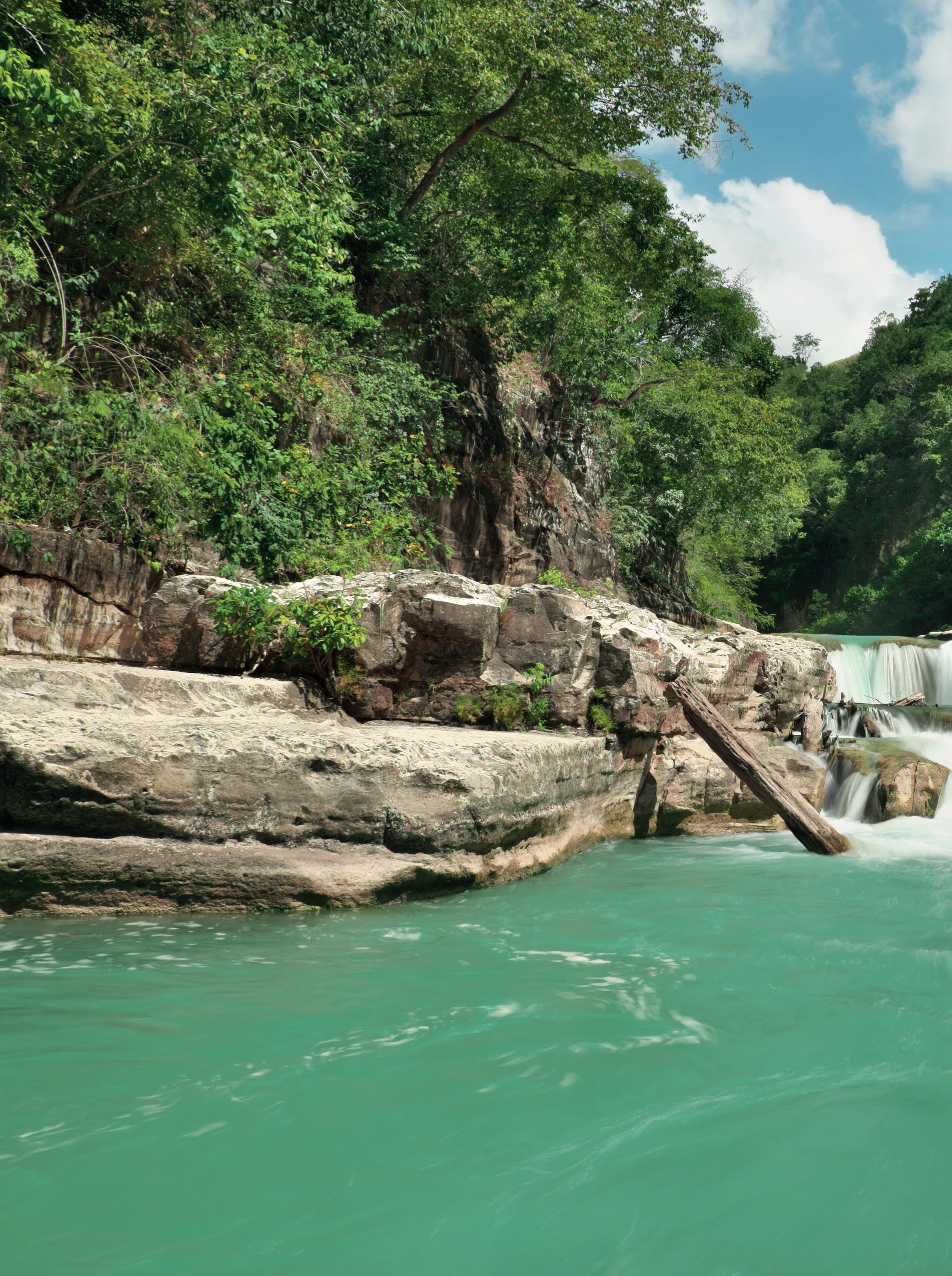

With travel restrictions slowly being lifted across the world, many of us are eager to explore new places. Providing this is done safely and in accordance with guidelines, now is a great time to start thinking about that next big trip. If that place happens to be full of incredible reptiles and amphibians, even better. Right?
1. East Nusa Tenggara, Indonesia (Komodo and Rinca National Park)
Two words: Komodo dragons. East Nusa Tenggara and more specifically the town of Labuan Bajo relies almost entirely on Komodo and Rinca National Park. The promise of giant prehistoric reptiles is sure to entice any reptile fanatic, but it is the regions pristine coral reefs and critically endangered bird life that bolsters this destination in top place.
Getting to Labuan Bajo is relatively straightforward providing the season is right. During the dry season, regular flights and week-long boat trips run from Bali. However, during the wet season, boat trips stop entirely, and flights are much less frequent. Therefore, a trip to Komodo should be planned and always flexible. This is do-able for backpackers, but those planning their holidays should certainly expect some hiccups along the road.
Boat trips to Komodo and Rinca leave daily from
Labuan Bajo. Despite dozens of tour operators making up the bulk of the town, boats will be filled on a ‘first come first served’ basis. This means we were on the same boat with people who paid almost triple the price of the tour. Again, brilliant for backpackers, but less so for holidaymakers.
Of course, the experience of visiting somewhere like Komodo is truly priceless. Marine life is exceptional, with manta rays (Mobula alfredi), white tipped reef sharks (Trianodon obesus), blue spotted stingrays (Taeniura lymma) and countless numbers of fish being extremely common sights. In fact, all could be seen in a single dive or snorkelling trip.
Being sites of such significance (and literally guarded by dragons), a tour guide is required for anyone stepping foot on Komodo or Rinca. This makes searching for specific wildlife quite difficult. Critically endangered, yellow-crested cockatoos (Cacatua sulphurea) have a stronghold in these protected forests after years of illegal smuggling from nearby
26 SEPTEMBER 2021 Top 5 Travel Destinations
islands. Around 500 adult birds live here, making up most of the remaining wild population.
Various skinks can be spotted throughout walks through the forest. We were also lucky enough to see a green pit viper (Trimeresurus .sp) on one walk, but it was too high in the canopy to identify. However, for those looking to go out and do some real herping, Indonesia is rich in national parks and other locations. In fact, just around the
accommodation it is possible to spot Tokay geckos (Gekko gecko), Asian water monitors (Varanus salvator) and various forest agamids.
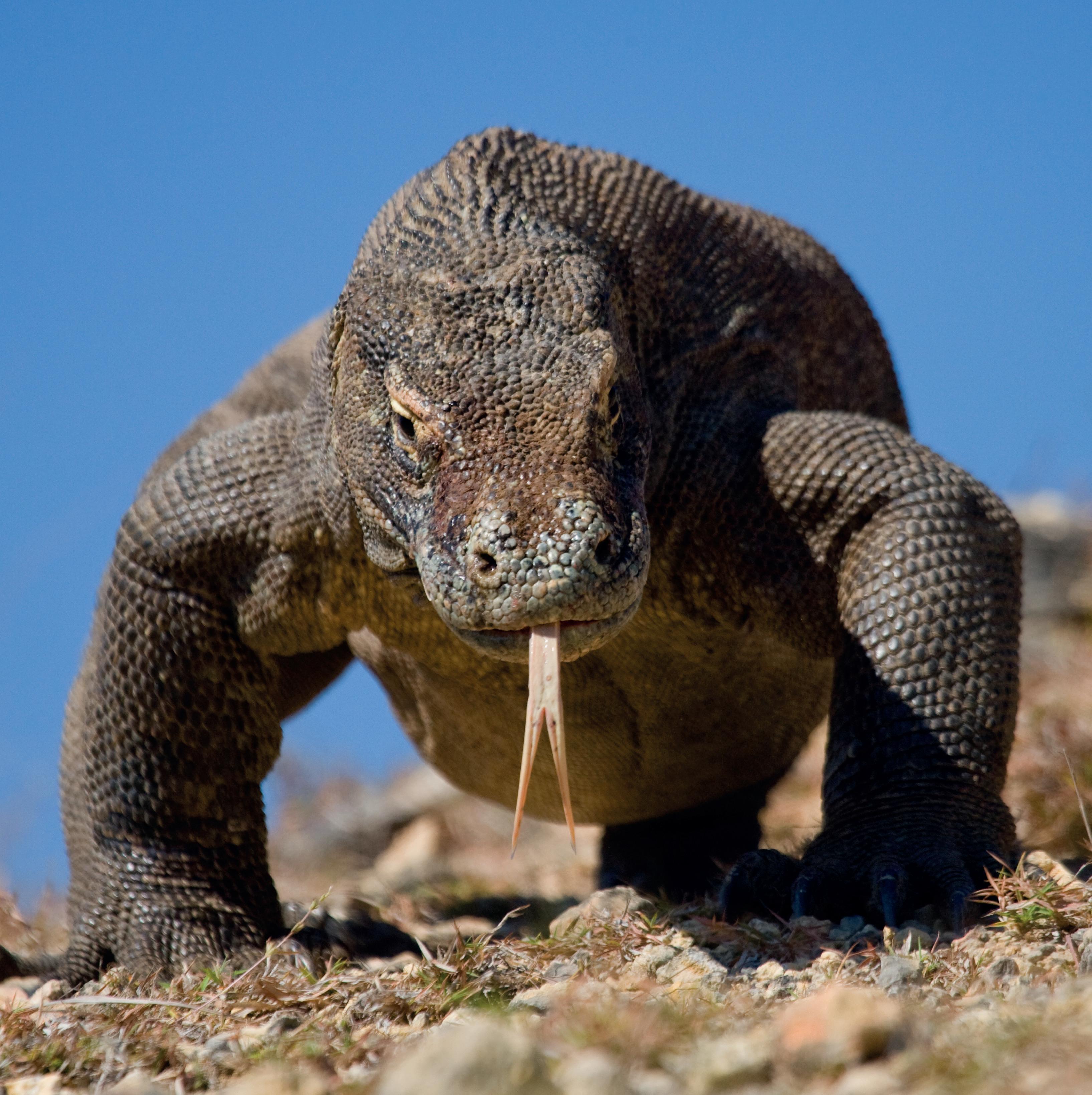
For those looking for a more authentic experience, there are a whole host of different islands in Indonesia that can be explored very easily. Furthermore, the volcanic nature of Indonesia’s landscape means that different altitudes and biomes can be explored within a couple of days.
With a total of 12 national parks, Java is a brilliant island to explore and flying into Jakarta is extremely straightforward. There are 91 species of snake on the island with bronzebacks (Dendrelaphis .sp), keelbacks (Rhabdophis .sp) and pit vipers being most commonly spotted. However, king cobras (Ophiophagus hannah), dragon snakes (Xenodermus javanicus) and reticulated pythons (Malayopython reticulatus) also call this part of the world home.
27 SEPTEMBER 2021
XX (Atelopus zeteki)
HOME
The South of England (Dorset & The New Forest) Heathland: The heathland in the south of England is easily the best place to spot UK reptiles and amphibians, with the New Forest hosting all native species of reptiles.
Farne Islands, Northumbria: This island just off the coast of Seahouses in Northumberland plays host to a dizzying array of sea birds including oystercatchers, puffins and guillemots. Dolphins, minke wales and grey squirrels can also be spotted here.
Lundy Island, Devon: This granite outcrop was the UK’s first marine nature reserve. As well as occasional sightings of basking sharks, dolphins and porpoises, Lundy island is home to a variety of seabirds. On land, long-snouted pygmy shrews, Soay sheep and Sika deer can also be spotted.
2. National Parks of Costa Rica
Costa Rica is world famous for its biodiversity as well as its government’s progressive attitudes towards ecology and conservation. Wedged between the Pacific Ocean and the Caribbean Sea, Costa Rica has some of the most unique tropical habitats on the planet. Although this country is a
major draw for ornithologists and bird watchers, Costa Rica also hosts a whole spectrum of iconic reptiles and amphibians from red-eyed tree frogs (Agalychinis callidryas) and strawberry dart frogs (Oophaga pumilio) to green basilisks (Basiliscus basiliscus).
With a ‘pacific coast’ and a ‘carribbean coast’ wildlife can vary. Luckily, being such a small country
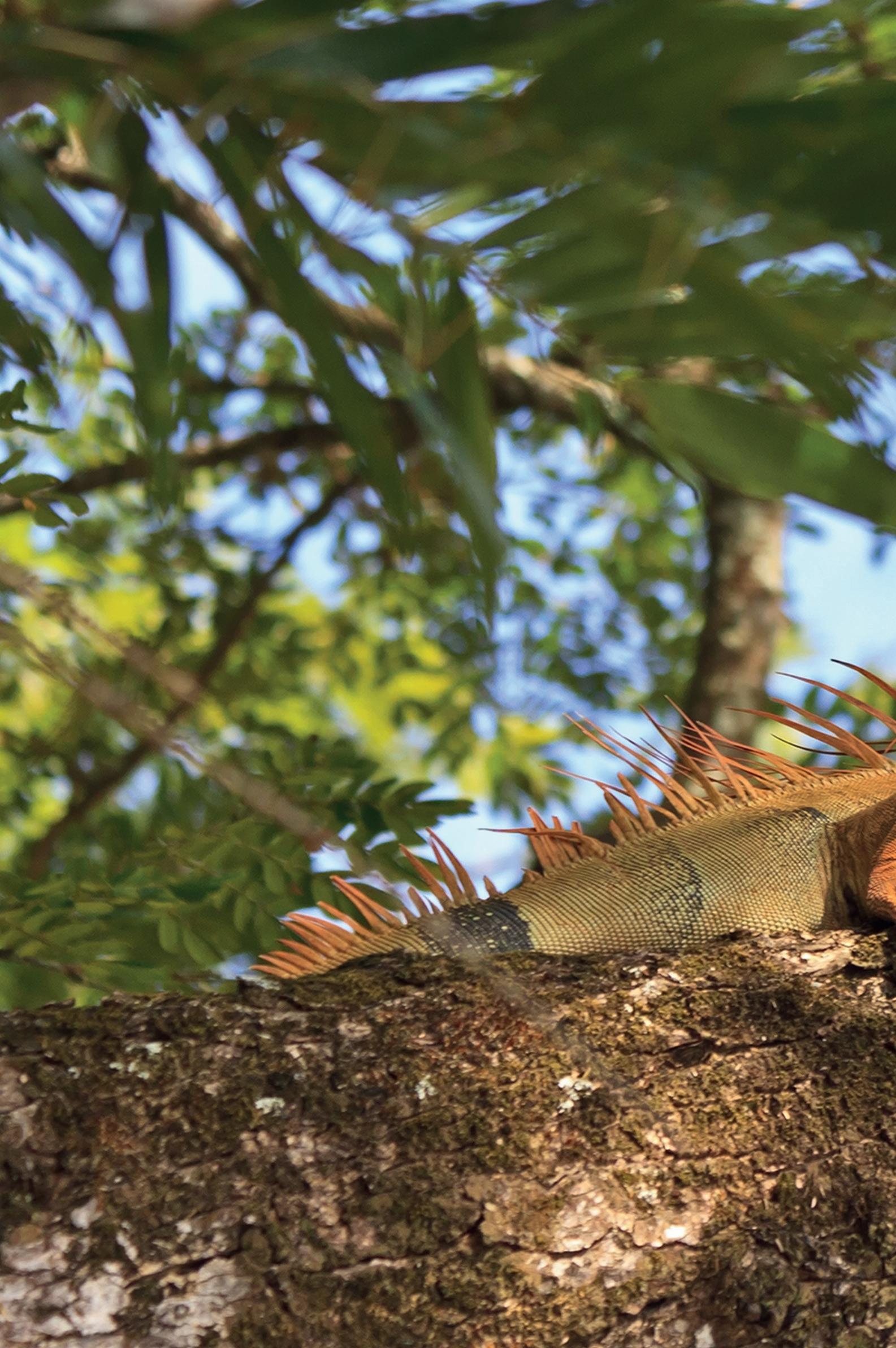
28
Top 5 Travel Destinations CLOSER TO
it’s very possible to experience most national parks within the space of a month and certainly try out both coastlines within just a few weeks. The weather of both coastlines also contrasts one another, with the seasons juxtaposing throughout the year. This is one of the biggest challenges for herpers, as wet seasons are typically the best for spotting reptiles and amphibians, but dry seasons are also more accessible and manageable as a tourist.
Five of the seven species of sea turtle will only nest on the pacific coast. The Palo Verde National Park
sits on this coast and is characterised by its lowland forests and estuaries making it a good place to spot American crocodiles. Both the Carribbean and Pacific coasts play host to red-eyed tree frogs (Agalychinis callidryas), glass frogs (Centrolene .sp) and Fer-de-lance (Bothrops atrox) as well as the iconic sloths (Choloepus hoffmanni & Bradyparus variegata) of Costa Rica. So, experiencing as much of the country is recommended and with many organisations also offering dedicated herping tours, seeing reptiles and amphibians here could not be more straightforward.

Top 5 Travel Destinations
3. Tucson, Arizona
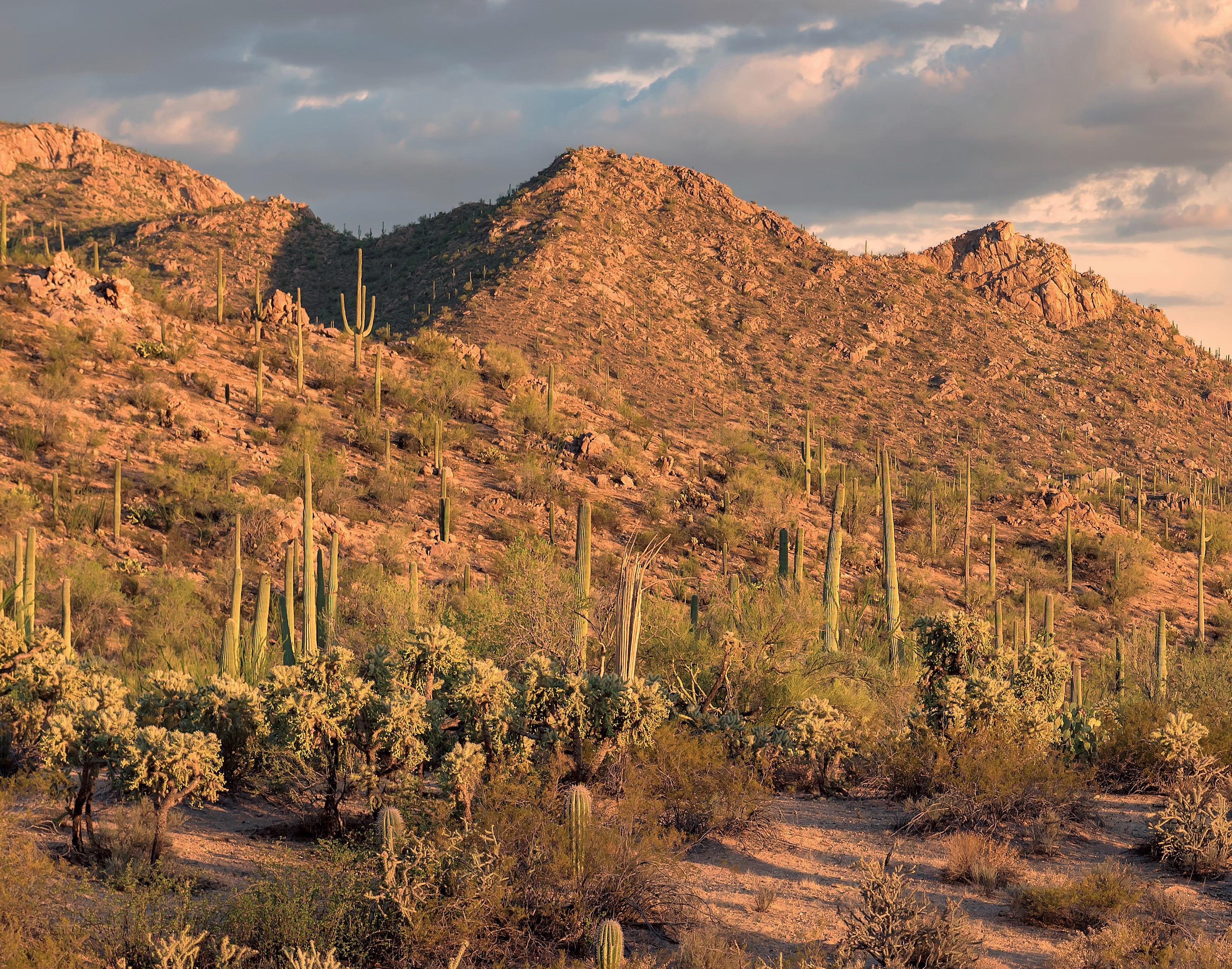
Arizona is an excellent herping destination. There are over 125 species of amphibians and reptiles to see in Arizona. A great place to start is Tucson, the second largest city in Arizona. Not only are there regular flights and plenty of accommodation options, but the wild west is right on your doorstep. Car hire options are also available and give tourists and backpackers the opportunity to experience the area at their own pace.
Another option for more dedicated herpers is the Southwestern Research Station (SWRS) set in a stunning landscape in the Chiricahua Mountains. It offers boarding to researchers and institutions such as universities on field courses. When they have the means, they can take on independent university students and researchers, and even amateur naturalists, so long as they contribute to the upkeep of the station. Of course, the pandemic has left the station closed to applications for this for some time, but I would highly recommend this as a potential place to stay.
It can be unforgivingly hot. By midday even the
reptiles will seek refuge from the sun. Temperature guns rated the ground temperature at midday, in September, at 50°C. Herping should therefore be divided in half; early mornings to catch the early basking animals and reaching specific locations in time, then returning to accommodation during the hottest hours and embarking again in the evening for long walks and drives.
Most notable of the herpetofauna are Arizona’s rattlesnakes, of the Crotalus genus. Herpers can expect to see some of the more common Western diamondback (Crotalus atrox) and Mojave rattlesnake (Crotalus scutulatus). Those that are lucky might also catch a glimpse of Crotalus molossus, Crotalus cerberus (the black rattlesnake) and even a Crotalus pricei (twin spotted rattlesnake).
A rare species we came across during the trip was a coral snake, Micruroides euryxanthus. Once ushered into a glass jar, we could all properly admire it.
I should note here that it is not recommended to get too close or to interact with venomous species; our lecturer had years of experience doing so. The most
30 SEPTEMBER 2021
snakes we saw were during these night drives, when they are inevitably tempted by the residual infrared warmth of the road surface.
Lizards are abundant and included many species of whiptail – Aspidocelis. Spiky Sceloporus lizards come out to bask in the heat of day, retreating into crevices in the rocks. Sceloporus poinsetii are particularly striking with their black and white banding Of course, for many people, seeing a Gila monster (Heloderma suspectum) in the flesh is bound to be a major draw to Arizona, which is certainly achievable with a little luck. Some of the most iconic Arizona lizards are the horntoads or horned lizards (Phrynosoma .sp) which are extremely common and easily mistaken for pebbles.
There are also plenty of tarantulas, scorpions and even Scolopendra… a notoriously aggressive genus of centipede. To the invert enthusiast, this is great news. To anyone else, make sure you are checking boots before putting them on!
Amphibians, despite some of the harsh conditions,
thrive in Arizona. Frogs and toads can be seen largely in the evening during drives, or nearer to permanent water sources. One memorable species in particular is Couch’s spadefoot, Scaphiophus couchii, whose skin secretions smell uncannily like… peanuts.
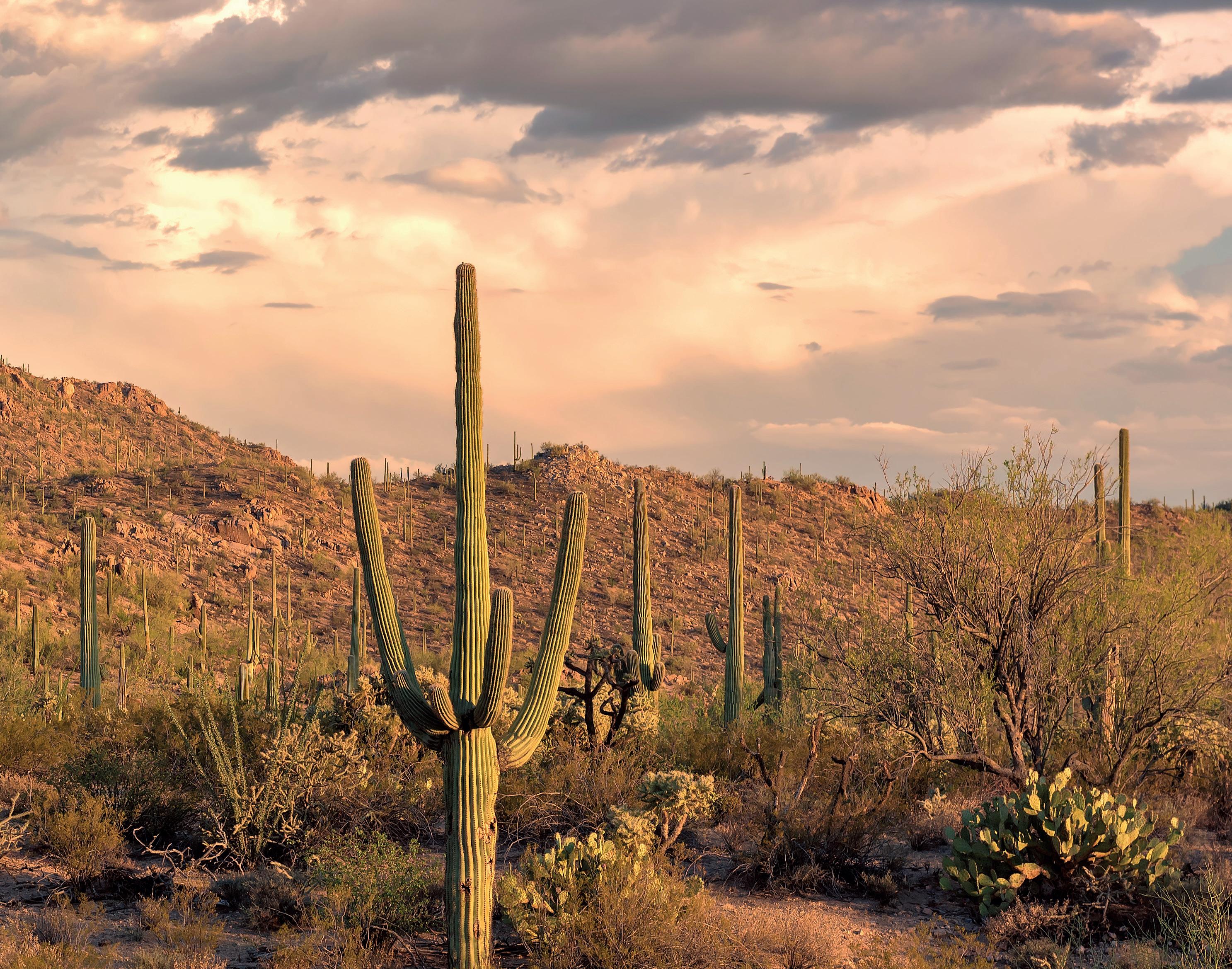
Essentials and things to consider are good, tough hiking shoes, jeans, long sleeved shirts and leg gaiters. Rattlesnakes can be hard to spot until you are within firing range. I unknowingly stepped over a large Crotalus molossus while descending a rocky slope. It opted to stay still and watch me but was certainly within striking distance of my calf. Be prepared of course for hot conditions, cacti, thorns, and biting insects.
Lastly, be mindful and respectful of not trespassing on anyone’s land – you may also need prior permission to access certain National Parks or protected areas. Expect the occasional inspection by border police, or curious law enforcement wondering why you suddenly swerved off the road and pulled over for a snake.
31 SEPTEMBER 2021
“Of 17 snake families found worldwide, 5 reside in Arizona.”
The Psittacus range features over 50 distinct products which are widely regarded as the best on the market.
















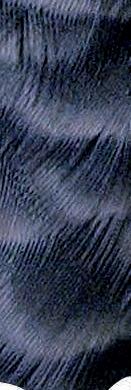






Not all parrot food is created equal.
4. Northern Territory, Australia (Kakadu National Park)
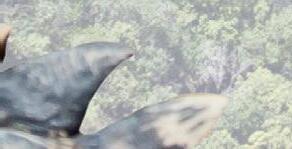






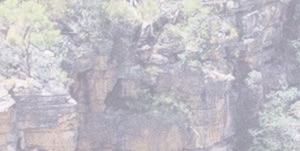



When it comes to reptiles, Australia really takes the title for top herpers holiday. The only issue is that it is so vast, it is practically impossible to see it all. Most of Australia is truly incredible for wildlife but there are pros and cons to every location. Western Australia is unspoilt and rugged, but very remote for holiday makers and healthcare. Queensland has the Daintree and great barrier reef but is comprised heavily of farmland and the further south one ventures, the less reptiles and amphibians to enjoy. Therefore, the Northern Territory and more specifically, Kakadu National Park is possibly the best place in Australia to see reptiles.
Kakadu is a whopping 20,000km2 meaning it is easily possible to spend well over a week here. Vehicles, camping and fishing equipment can be hired from Darwin and is actually quite affordable depending on choice of equipment. With multiple camp spots, creeks and waterfalls it’s certainly easy to stay entertained without the abundance of reptiles. However, with the wet season closing off many access roads, it’s always a good idea to visit the information centre each day.
There are an estimated 10,000 crocodiles in Kakadu. This is the largest concentration of saltwater crocodiles (Crocodylus porosus) in the world. Of course, freshwater crocodiles (C. johnsoni) can be spotted just as easily. Visitors are also extremely likely to spot wallabees, wallaroos and cockatoos as well.


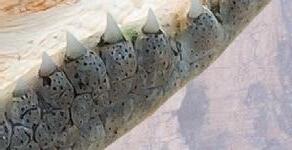


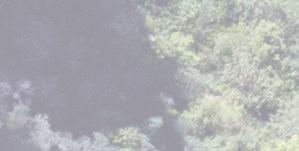
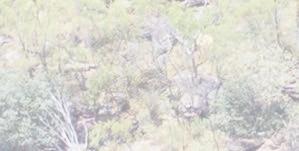






Top 5 Travel Destinations


Whilst extreme caution should be exercised whilst looking for reptiles in this part of the world, Kakadu’s (relatively) close proximity to Darwin’s medical facilities means that herping here is certainly safer than other areas in Oceania. Northern death adders (Acanthopis praelongus) and King brown snakes (Pseudechis australis) pose a risk when lifting refuge so always wear appropriate clothing. However, it’s much more likely (especially if venturing out with a headtorch at night) that visitors will spot children’s pythons (Antaresia childreni), Darwin carpet pythons (Morelia spilota variegata) and on occasion, olive pythons (Liasis olivaceus). At night, whites tree frogs (Litoria caerulia) (‘green’ tree frogs to Australians) are also very common, whilst seasonal rains can also encourage spadefoot toads (Notaden nichollsi) and various other dormant amphibians to become active.
Of course, Kakadu is not the only place of herpetological importance in the Northern Territory. Darwin, Lichfield, Kakadu and Arnhem Land



(referred to as ‘the top end’) may be a distinctly unique tropical environment, but further south is the red centre. While Uluru is a major draw for tourists across the world, the surrounding areas are perfect for spotting thorny devils (Moloch horridus) and woma pythons (Aspadites ramsayi). The conditions here are harsh and, on the surface, it appears that only a few agamids and the occasional sand monitor or Goulds goanna (Varanus gouldii) can survive. However, dedicated herpers can find some of the most unique and isolated reptiles on the planet in the gorges and dunes surrounding Alice Springs and Uluru Kata-Tjuta.
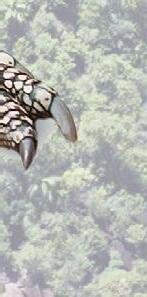

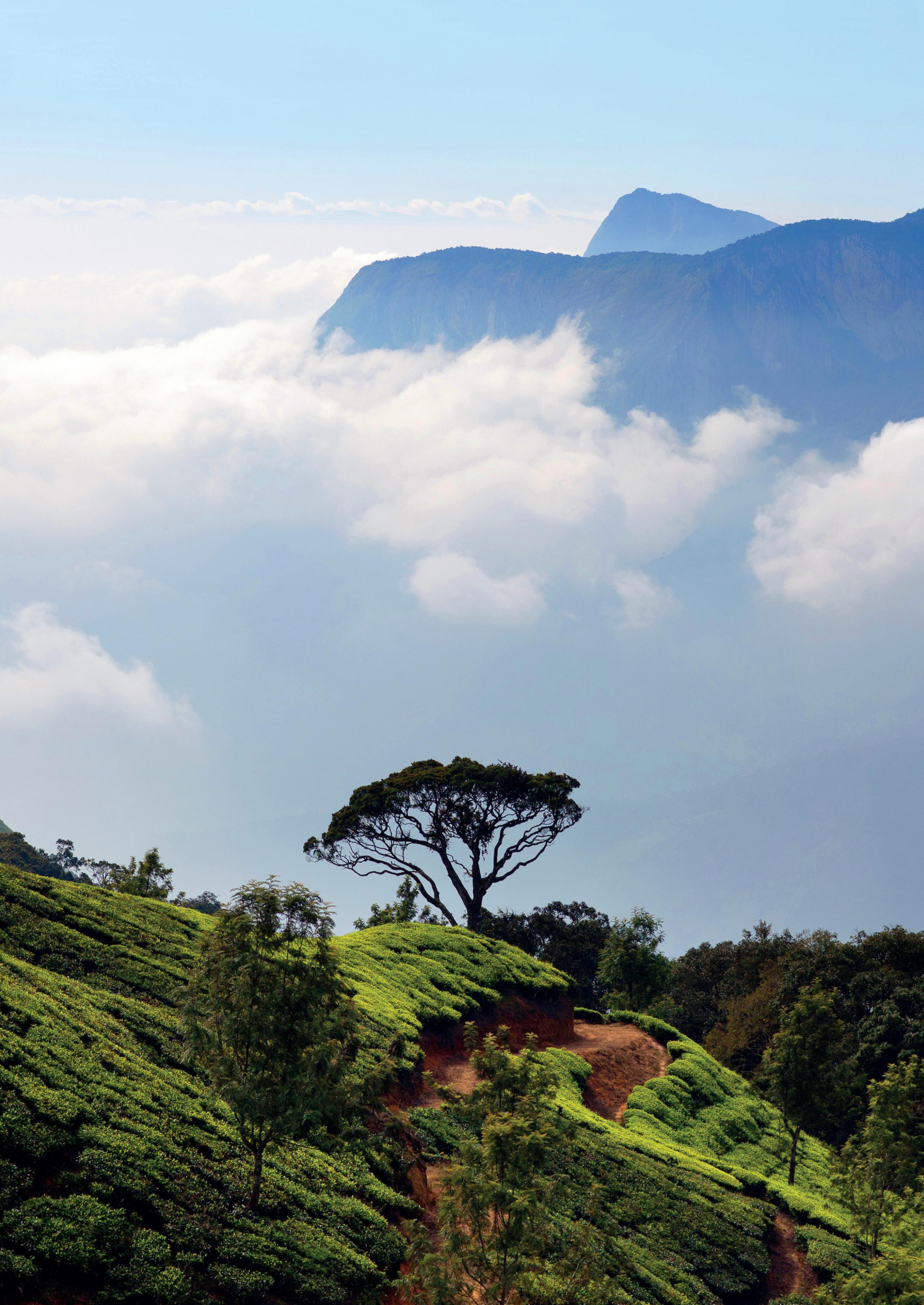
“The biggest reptilian draw to this location is the diverse array of pit vipers found throughout the ranges.”
Western Ghats, India
The Western Ghats are a mountain range stretching 160,000kms. Therefore, identifying a specific location, is best done through the advice of researchers and reliable eco-tour stations. Possibly taking top-spot if it were being judged on fauna alone, this area unfortunately requires much more planning than other ‘backpacker’ locations. The Western Ghats in India are not easily accessible and with limited medical resources as well as some potentially hazardous reptiles, joining a survey team or a dedicated eco-tour is recommended. However, India is a huge country with a great backpacker infrastructure, meaning those looking to go on an eco-tour can find themselves extending their trip into one of the most affordable, adventurous and breathtaking travel experiences possible.
Surveys and ecotours run frequently in the Western Ghats. Early monsoon (around May) is the best time to see reptiles and amphibians here, but also present challenges for those looking to extend their stay from Bangalore. Domestic flights from Bangalore or Mumbai can place you directly in the mountain range, with many tours leaving from Kochi. However, a dedicated herping tour is likely to prove much more fruitful than one of the hundreds of ‘experience’ tours designed solely for sightseers.
Around 230 species of reptiles from 30 different families can be found in the Western Ghats. 107 of these are endemic to the Western Ghats ranges and a further 50 are endemic to Peninsular India. In fact, dozens of brand-new species have been identified here within just the last few years. With such an incredible biodiversity found no where else in the world, travelling to this remote area is a treat for researchers and wildlife watchers alike. In fact, the biodiversity of the Western Ghats rivals that of the Amazon Basin, making it a hotspot for ecotourists across the world.
The biggest reptilian draw to this location is the dizzying array of pit vipers found throughout the ranges. The Malabar pit viper (Trimeresurus malabricus) is a highly venomous but equally stunning species found throughout the Western Ghats and nowhere else in the world. Other species include the bamboo (T. erythrurus) and humpnosed (Hypnale hypnale) pit vipers. King cobras (Ophiophagus hannah) and spectacled cobras (Naja naja) can also be Agumbe and Kerala rainforest.
As well as reptiles and amphibians, the Western Ghats are rich in bird life. With more dedicated bird watching tours, this slow-paced approach to taking in the local fauna can be a great way to
see a range of small vertebrates. Bird life includes the Malabar grey hornbill ( Ocycerus griseus ), flycatchers, junglefowl and some incredible different birds of prey.
Other notable destinations
There are plenty of locations across the planet that are rich in herpetofauna. In fact, many of which hold more diversity than the locations within this list. However, they pose a significant challenge to the solo backpacker. With tours often being some of the worst ways to encounter wildlife, a good tourism infrastructure, combined with easily accessible national parks generally makes for some of the best herping experiences.
For example, Madagascar hosts some of the most incredible reptile life on the planet. However, being a developing country, accessing particular areas can prove a challenge. Floods will regularly block off roads, public transport is unreliable and even getting to the country in the first place demands multiple stopovers. In this instance, enjoying the reptile life here as part of a wider organisation or research group is usually the most effective way of seeing reptiles. A rewarding experience, nonetheless, it is still unsuitable for the solo backpacker.
Locations across the Amazon will also flood making much of the tourist friendly areas of the Basin almost entirely regulated by tours and ecolodges. Even though tours can be extremely interesting to the broader wildlife enthusiast, rarely do the guides take time to search every nook and cranny required to find thumbnail-sized dart frogs or tiny anole lizards. Instead, it is more likely that you will visit salt licks, roosting bats, treetop canopies, etc with more reliable results. Great for the novice, not so great for the niche reptile lover.
As restrictions on lockdown begin to be lifted and more avenues to travel become viable, ensuring we travel safely and responsible is key to making the most of our time abroad. Whether you are looking for a relaxing get away or a gruelling sense of adventure, there will almost always be excellent wildlife to observe, record and photograph. Whether this is for personal enjoyment, scientific research or career development, making the most of our time in exotic countries can extend well beyond the bar and pool.
For more backpackers guides to herping check out:
www.worldwidewildlifewatch.wordpress.com
35 SEPTEMBER 2021 Top 5 Travel Destinations
A LEOPARD CAN CHANGE ITS SPOTS
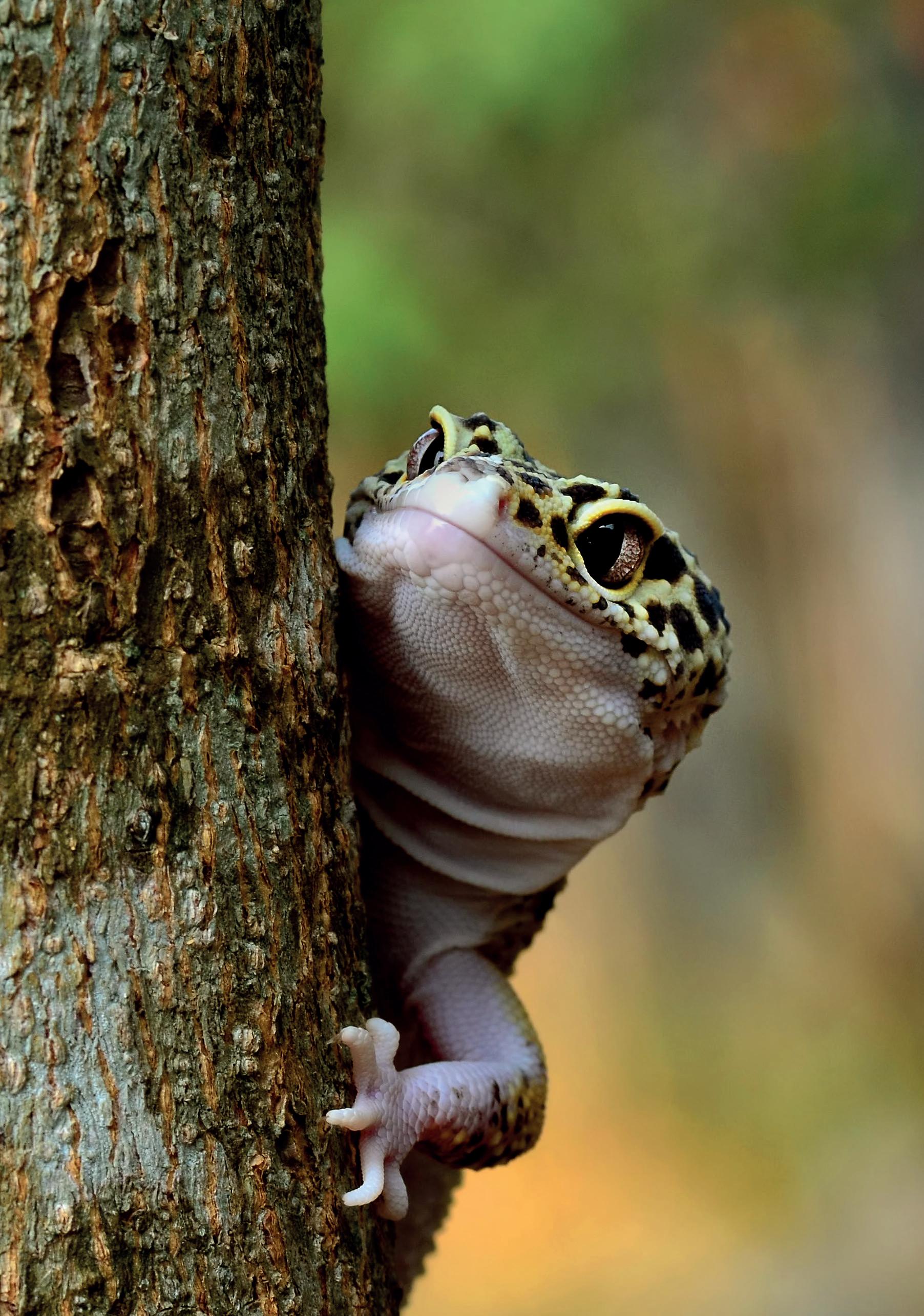
at
natural history
new advancements in leopard
care.
Taking a deeper look
the
and
gecko
Leopard Gecko (Eublepharis macularius)
Leopard geckos are easily one of, if not the best pet reptile. Easy to care for and full of personality, these docile lizards have been celebrated as the perfect ‘first reptile’ for decades. As a new keeper, understanding heating, lighting, dietary requirements, and their impacts on health can take up a large amount of the preliminary research. As such, some of the more complex aspects of leopard gecko natural history can often be overlooked.
Leopard gecko species
There are five distinct species belonging to the Eublepharis genus. The common names for these animals will differ across the world, but essentially, this means there are five different species of leopard gecko.
The most popular leopard gecko worldwide is Eublepharis macularius. This species has several recognised subspecies, each from different locales with slightly different characteristics. For example, the E. macularius montanus is pale in its colouration with hues of blue, whereas E. macularius afghanicus has brighter yellows. Of course, with most of these subspecies only being identified in the late 70s, many of the leopard geckos in captivity today are hybridised to some extent.
Eublepharis angramainyu, sometimes referred to as the Iranian leopard gecko, is a species that absolutely dwarfs every other species of leopard gecko and ‘super giant’ morph. This species comes from the western foothills of the Zagros Mountains through Iran, Iraq and Northeast Syria and can reach up to 30cm in total length. This is almost a third larger than most E. macularius we see in pet shops. With their impressive size also comes an attitude
to match. Despite leopard geckos being renowned across the world for their docile (even friendly) personas, E. angramainyu remains somewhat defensive. Analysis of stomach contents also suggests that the Iranian leopard gecko will actively feed on scorpions, solpugids and large spiders.
Although far less common than its leopard gecko cousins, this species has been bred in captivity within the last few decades. Despite their truly stunning appearance, the Iranian leopard gecko has less appeal as a ‘pet’, meaning breeders will often favour the more reliable species within the genus.
Eublepharis hardwickii is another species that has a clearly distinguished appearance. Possessing dark bands across its body, with small spots between, this is one of the most attractive looking leopard gecko species. Its native range is much more Eastern than other species and is found in forested areas in Eastern India. With heavy monsoons throughout the rainy season, the natural history of this species is clearly very distinct from its Middle Eastern cousins. Although currently considered ‘Least concern’ of the IUCN, the forested habitats of this species are under greater threat of human interference than the baron scrublands further West.
37 SEPTEMBER 2021 A Leopard Can Change Its Spots
Leopard gecko natural history

Leopard geckos come from a vast area comprised of countless habitats and biomes, which contributes to their hardiness in captivity. Muhammad Sharif Khan published a paper in 2009 detailing some of the key wild observations he had made of leopard geckos (E. macularius) in Pakistan. In the paper he explains “the gecko specifically inhabits holes and crevices in stony mixed gravel terrain… that extends into the adjacent mudflats where it hunts insects and caterpillars in sparce grass and bushes in mesic to xeric sub mountain conditions.” Whilst this gives us a great idea of the type of enclosure we should create, there are limitations to captivity.
For example, in the wild, several geckos will inhabit the same cracks and crevices in loose colonies. These will be in underground holes and crevices that are organised into resting places and a lavatory (keepers will notice how their own gecko will pick a designated corner of the enclosure to use as a toilet). Whilst they rest here together, territorial disputes are extremely common. There will always be a dominant male in the group, with young rivals at a serious risk of violent disputes. This is something we should avoid by keeping a single individual, or a pair, or a small group of female geckos in captivity.
Mohammed continues: “Almost all geckos at the site
come out as the sun sets and are scattered to forage individually, returning to the site one-by-one just before dawn. However, in forested sites they become semi-arboreal, (and may climb several feet) hiding beneath loose tree bark… In urban areas leopard geckos regularly colonise man-made structures… one of the favourite urban habitats are around water pipes where leaks provide moisture to the soil to keep humidity, while gaps in fillings around pipes provide resting and hideout places.”
This field research is important to consider when we look at our leopard gecko set ups. A decade ago, it was advised that we should only provide a ‘humid hide’ during the shedding process. Now, it appears beneficial for us to provide a ‘dry’ and a ‘humid’ hide continually, to provide our animals with choice.
In Pakistan temperatures and humidity can vary drastically, with seasonal monsoons bringing humidity up from a regular 40%, right up to 80%. Temperatures also generally fluctuate from 25°C in March right up to 45°C in June and July. By observing wild leopard geckos, we can see that they avoid extremities, opting to stay in their communal hides if it is too dry, cool or windy. Therefore, providing a temperature gradient as well as multiple hides with microclimates, is vital to ensuring our pet geckos have choice.
A Leopard Can Change Its Spots
A Leopard Can Change Its Spots
Optimal leopard gecko care
Despite a broad spectrum of species and morphs, leopard gecko care is very similar across the board. Although simple to achieve, advancements in research and product development means that creating the optimal conditions to keep leopard geckos can become a rewarding challenge and one that all prospective keepers should aim for.

Being such popular pets for such a long time, leopard gecko husbandry can be a bit of a mine field for prospective keepers. Advancements in our understanding of keeping these animals means that there is a lot of outdated information circulating the internet. Furthermore, leopard geckos are extremely hardy and will survive in even the most basic of set ups, meaning keepers can be seemingly successful with a sub-standard set up and advice from over a decade ago. Some of the key advancements in research for leopard gecko owners old and new are as follows:
Lighting: Provide UVB. Despite being crepuscular animals, leopard geckos benefit from UVB not only because it helps them synthesise D3, but it regulates their circadian rhythm (helping them distinguish between day and night). They require only a small amount (Ferguson zone 1) but without it, you are essentially blocking out the sun entirely.
Substrate: With the correct calcium, vitamins and minerals there is almost no risk of impaction as they will not actively seek out nutrients from sand. If you have mastered the vitamin and lighting side of things and are confident you have a happy and healthy gecko, try to provide natural substrates. Leo Life is an excellent one, designed specifically for leopard geckos.
Enclosure: A glass or wooden vivarium is excellent. A plastic container or fish tank might be suitable for a temporary or juvenile
tank but should never house the animal its entire life. For most adult reptiles, bigger is always better. A 3-foot vivarium is a great size to aim for and will provide a forever home.
Diet: Wild leopard geckos will typically prey on grasshoppers, beetles, caterpillars, scorpions and centipedes. As they reach maturity, they’ve been reported to also eat thread snakes, newborn mice and bird nestlings. In captivity we can now replicate this with specialist vacuum-packed insects from ProBugs and ‘pinkie’ mice. The fat and protein content of specialist foods can be extremely high, but variety provides enrichment, so rotating feeder insects occasionally and providing a ‘treat’ every few months is beneficial in many ways.
Supplements: Supplements are key to the health of reptiles and amphibians in captivity. A recent paper suggests that gut-loading insects with beta-carotene can lead to higher hepatic vitamin-A concentration in leopard geckos. Vitamin-A is crucial to protecting geckos from some of the more common health issues faced in captivity. Therefore, a calcium and multivitamin should be used to dust prey items, but gut-loading insects is absolutely the best way to ensure their nutritional value is of the highest quality and thus, ensure healthier animals.
Scepticism: Ultimately, there will be people who disagree. People have and do breed leopard geckos effectively in plastic tubs with a single heat mat. Much of the discourse around these conditions is a tapestry of misinformation, commerciality, and stubbornness but all of it is rooted in some element of truth. Geckos can survive without UV, paper towels are easier to clean, impaction does happen under the wrong conditions. We should not let these prevent us from providing the very best conditions for a leopard gecko, which is one that simulates the lowland arid deserts of Southwest Asia best.
WHO TO TRUST
HOW TO IDENTIFY RELIABLE INFORMATION
1. Check the date: Much of the “bad” information online was once considered very good. Within a small space of time, things become outdated. By ensuring the information is current you should avoid picking up some disproven advice.
2. Check other sources: Not everyone can be wrong, right? There are lots of exceptional shops, considerate breeders, dedicated influencers and knowledgeable people out there. Try to ask as many as possible.
3. Ask for the best advice: Ask how you can provide the very best quality of life for your gecko and aspire for that standard. You can keep a happy lizard in a basic set up, but asking what’s the very best way to keep your lizard instantly sets the bar higher.
SEPTEMBER 2021 39
A Leopard Can Change Its Spots
The new age of leopard gecko care
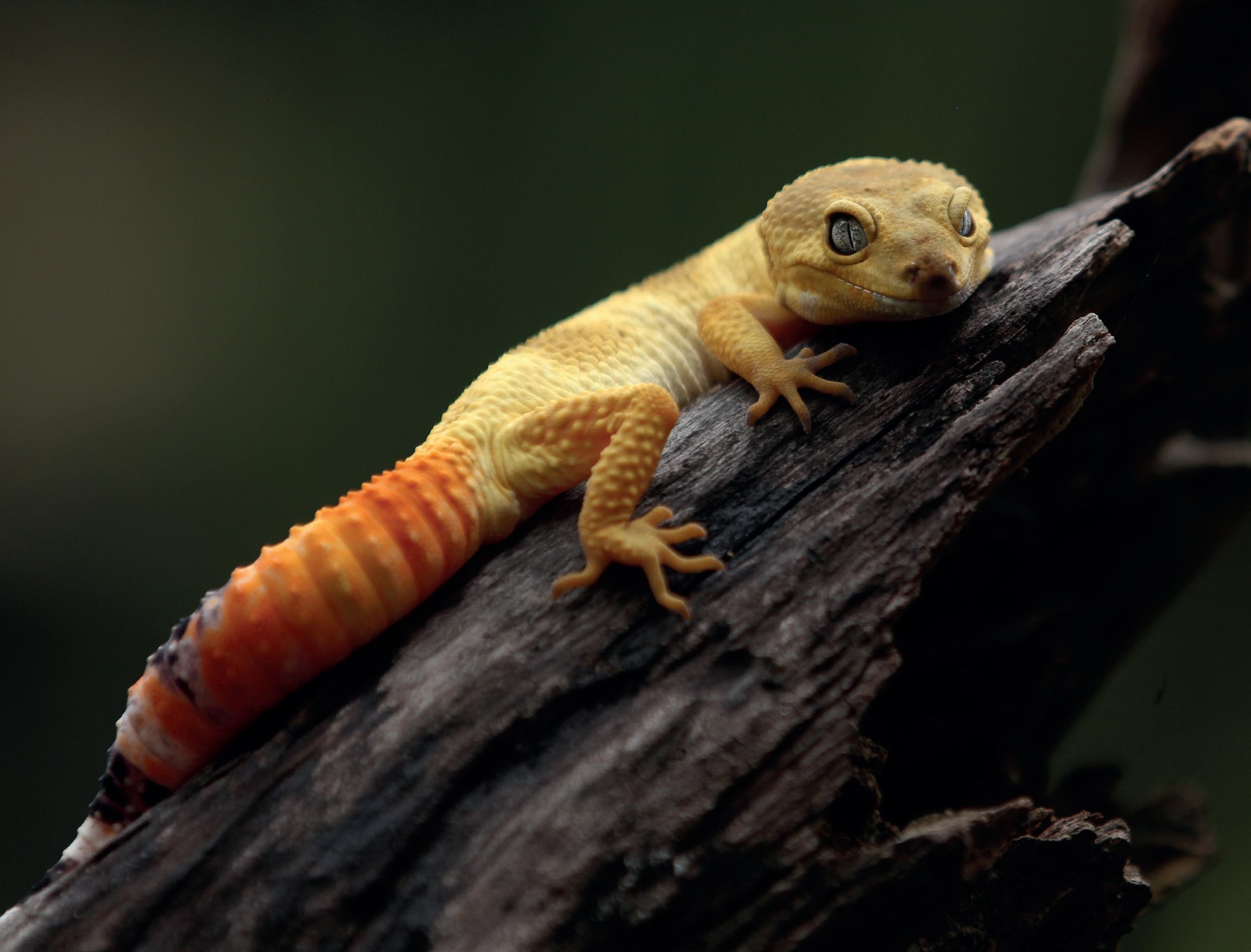
Having been available in the hobby for decades now, many of us will have witnessed first-hand the shift in how we should be keeping leopard geckos in captivity. Of course, being such a well-established and hardy species, the advancements in husbandry are often met with scepticism with different demographics within the hobby advancing quicker than others.
One major shift in the way we engage with educational resources in recent years is the rise of social media and more specifically, YouTube. The video streaming platform has opened discussions between pet owners in a way that forums never allowed. As well as responding to viewers in realtime, influencers and vloggers can reach audiences across the globe with pivotal information in how to
care for their animals. It is therefore no surprise that some of the most popular reptile YouTube channels are focused on our favourite pet species.

Rebecca Ellis is a UK-based vlogger from Hampshire whose YouTube channel, Leopard Gecko Talk has amassed a whopping 262,000 subscribers. 99% of Rebecca’s content is focused solely on the care of leopard geckos, making her one of the most widely reached educational resources on
Rebecca explained: “I’ve been interested in Leopard geckos since I was 10 years old and was able to purchase my first leopard gecko, Gizmo in 2006. I still have her to this day! In 2012 I wanted a bit of an outlet, a place where I could talk about reptiles with fellow keepers and enthusiasts, and so my Youtube Channel (Leopard Gecko Talk) was born.”
40 SEPTEMBER 2021
experts that have bred leopard geckos in the UK since the 70s, reaching a new audience with science-backed information is crucial to improving the hobby.
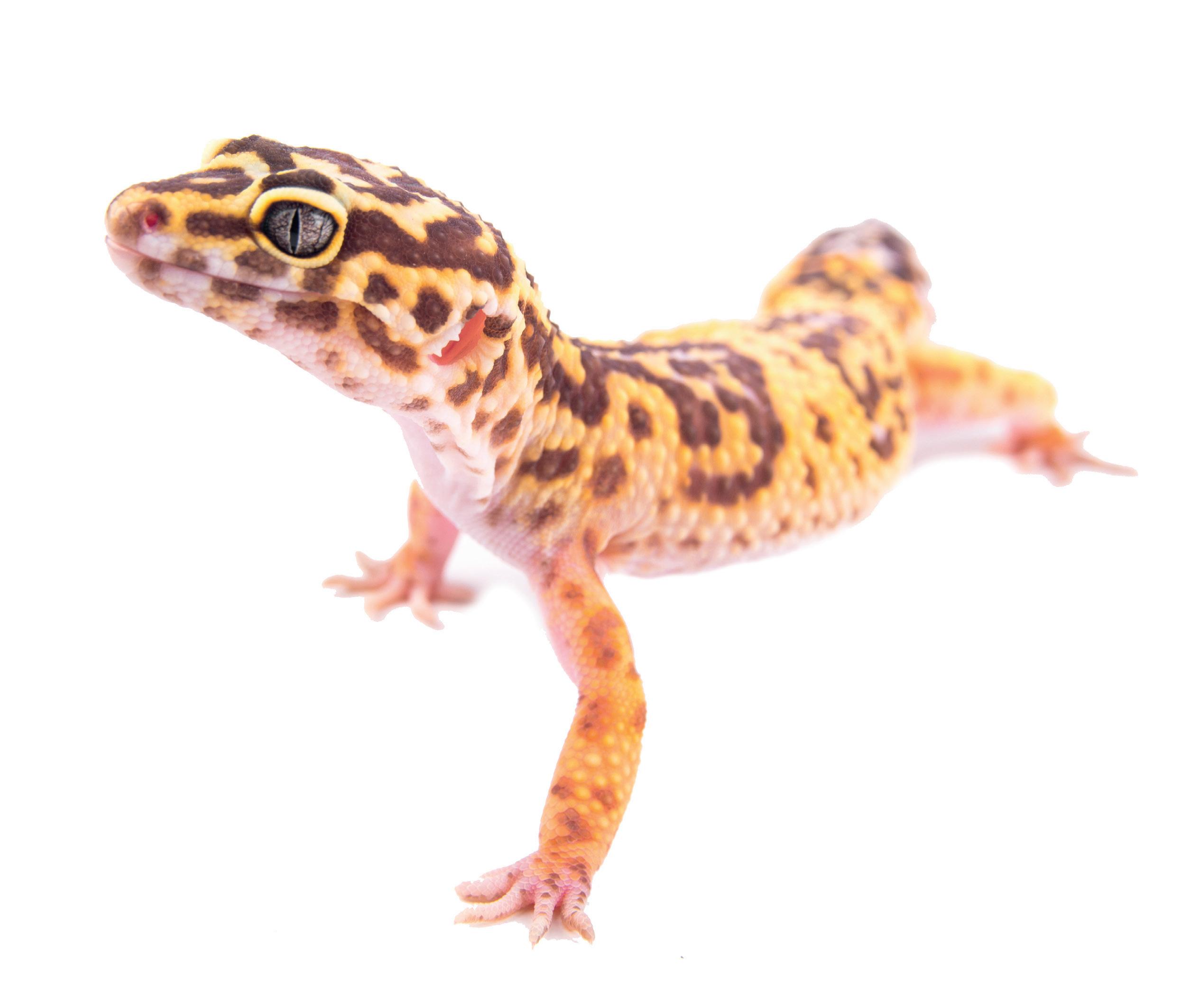
Rebecca continued: “At the beginning of my journey on Youtube, the biggest misconceptions were that either leopard geckos should only live on calci-sand, or that they should not have loose substrate at all. Nowadays I guess the biggest misconceptions that still linger around the community are that leopard geckos can only be heated using a heat mat, that a 10-gallon tank is a suitable size enclosure for an adult leopard gecko, and that leopard geckos don’t bask. Why do these still exist? Well, I think because it’s much easier and cheaper to buy a small tank, with no UV and a heat mat, and if that’s worked for keepers in the past, then some people may just stick to that way of keeping their gecko(s).”
Like many aspects of continually progressing pet care, many advancements are not simply refrained from. Instead, keepers can be given
digging in the substrate, basking on the slate, and rubbing up against cork and rock when it’s shedding, you’ll know you’ve made the right decision. It’s great to see! “
With new platforms giving dedicated people of all ages a louder voice to influence change, herpetoculture is sure to continue improving. Whilst there are countless dedicated individuals that work tirelessly with obscure species, conducting field research and circulating their discoveries, ensuring that those first-time reptile owners, especially the new generation, has access to the correct information is vital.
Rebecca concluded: “I’ve been doing this for almost 9 years and it’s just occurred to me that there really aren’t too many UK-based reptile youtubers - I wonder why that is? I think if you’re passionate about the animals you’re keeping, you know your stuff, but you’re willing to learn and adapt as new information comes to light, then hop onto Youtube and get talking about your favourite herps!”
41 SEPTEMBER 2021
Leopard Gecko Talk Socials
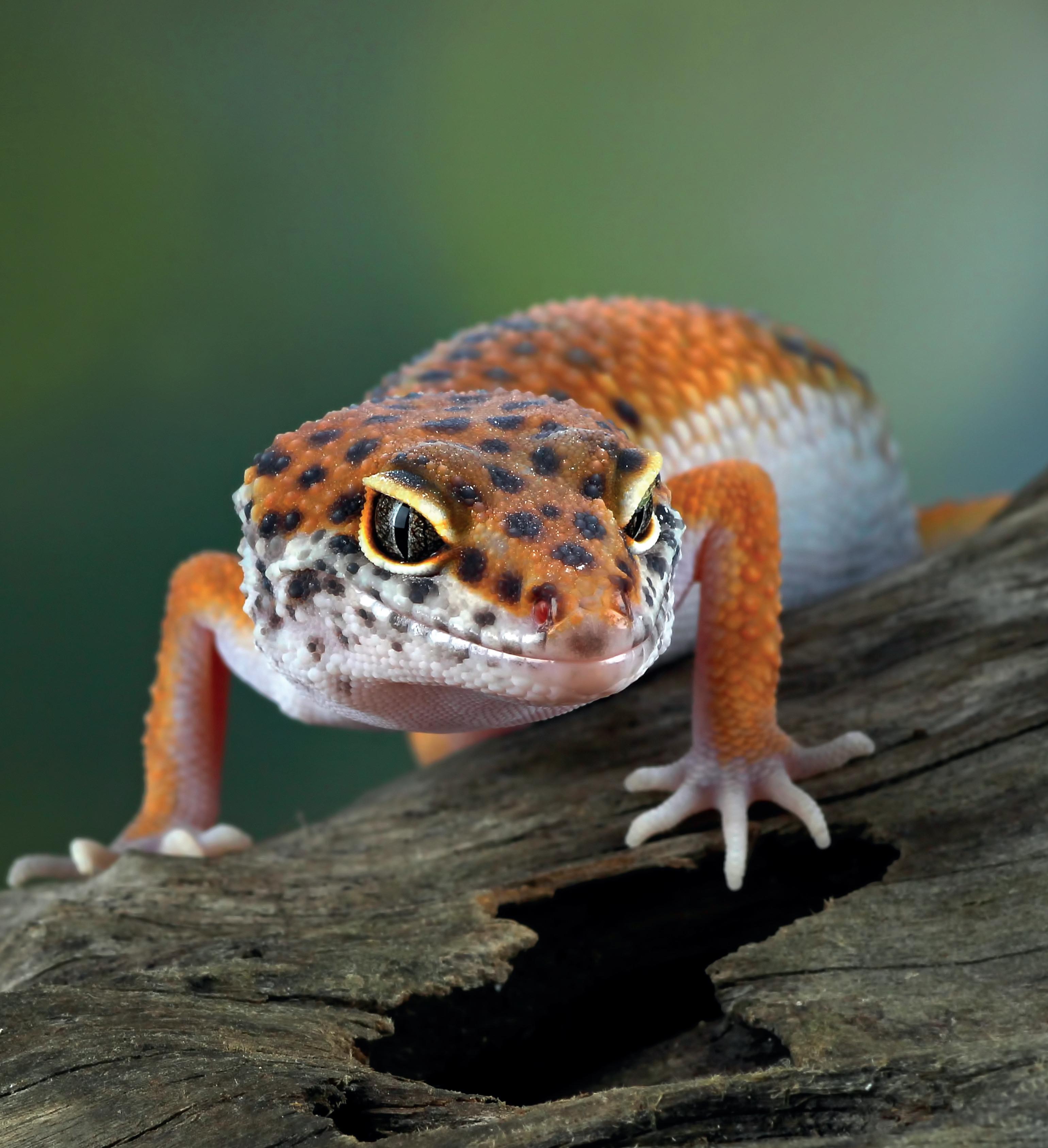
Youtube - www.youtube.com/leopardgeckotalk
Instagram – leopardgeckoyoutube
Twitter – lgt_youtube
Tiktok - @leopardgecko_yt
Leopard geckos in Indo-Pakistani culture
Leopard geckos are considered poisonous in Pakistan. Reports of their tubercles secreting a liquid that can numb the skin and create irritations were circulated in field research for centuries, although this has of course been disproven. However, it does paint an interesting picture of leopard geckos and other reptiles within Indo-Pakistani culture, where they are shrouded with superstition.
42 SEPTEMBER 2021
Leo Life
www.pro-rep.co.uk

Mixed Desert Substrate
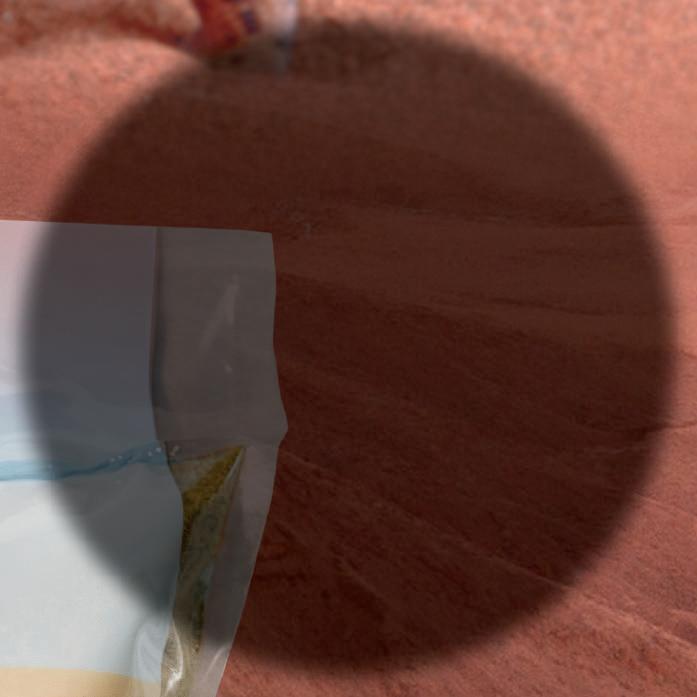
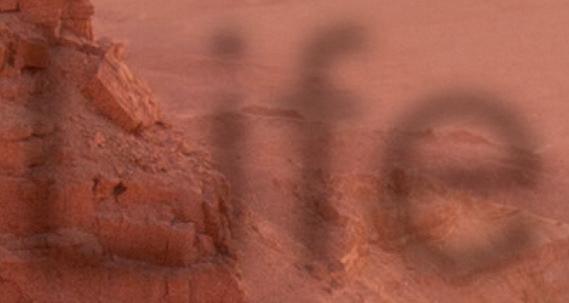




A blended substrate to help create the ideal environment for Leopard Geckos and other desert species.
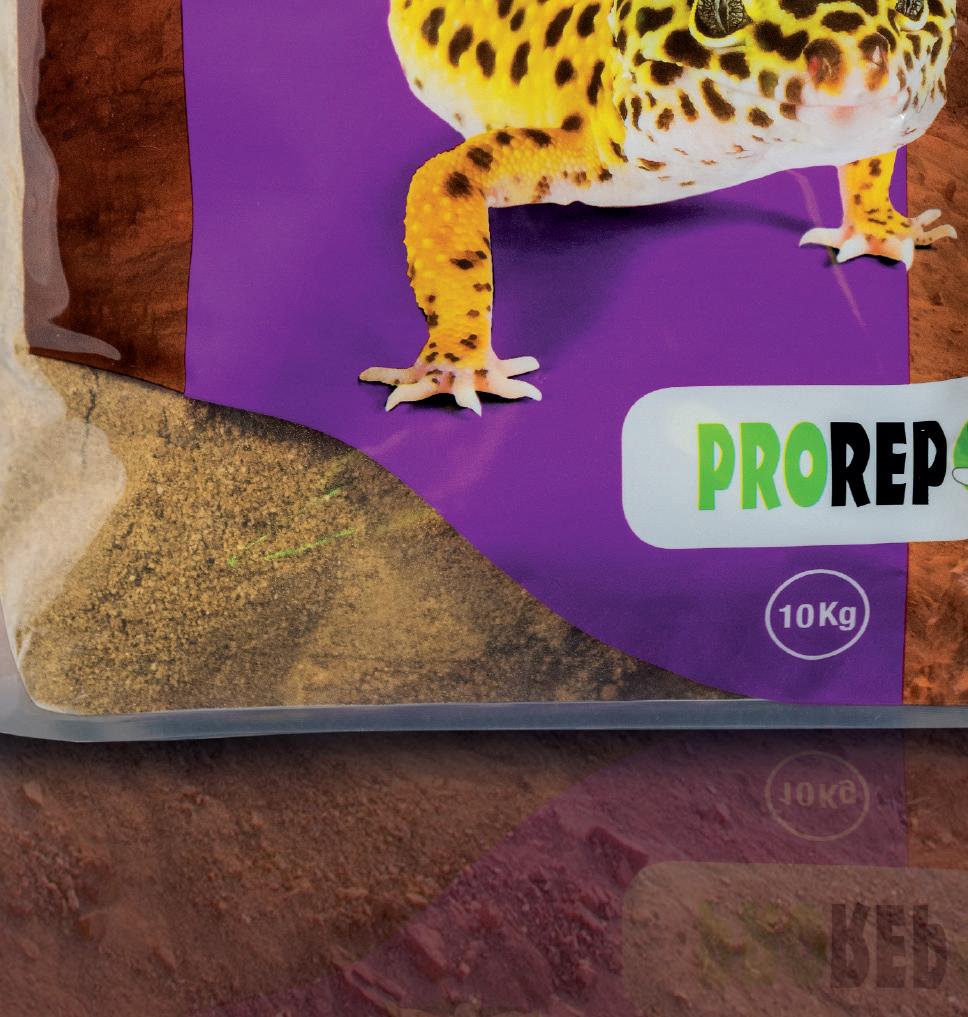
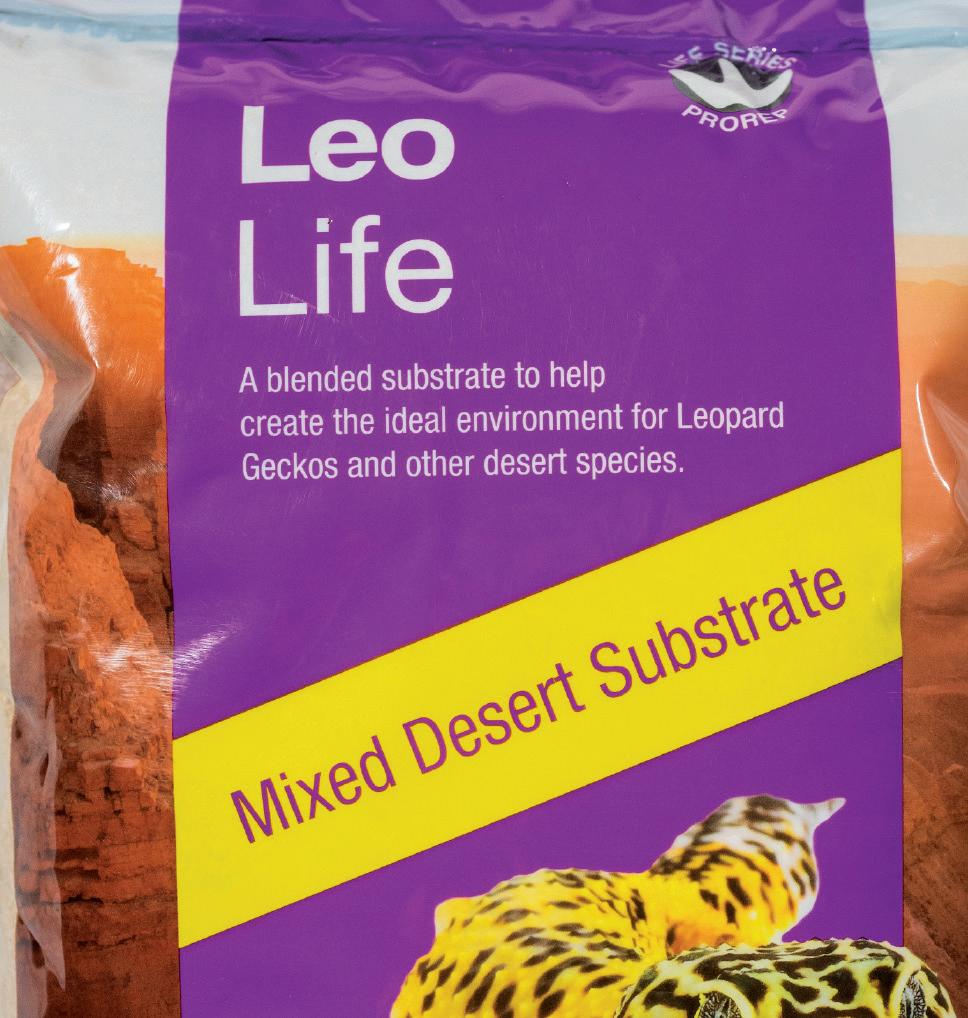

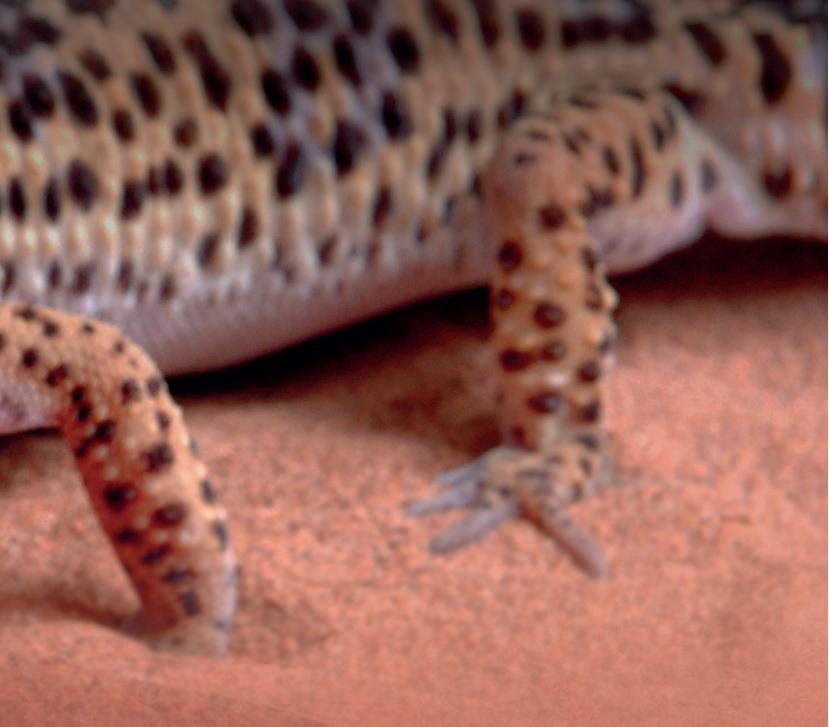
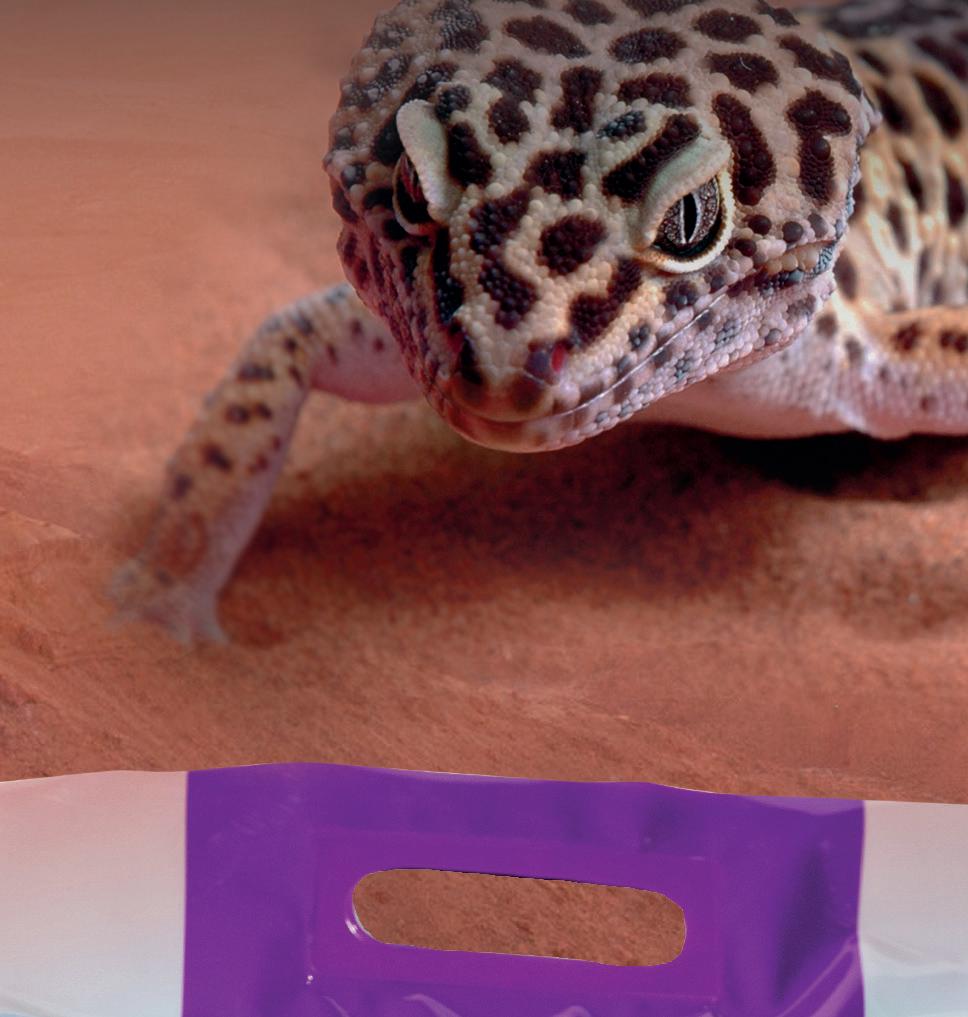
43 SEPTEMBER 2021


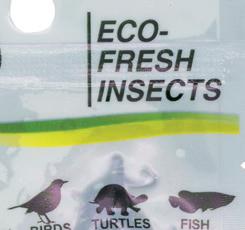
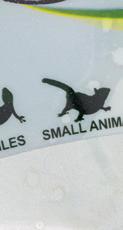
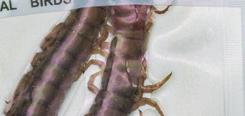



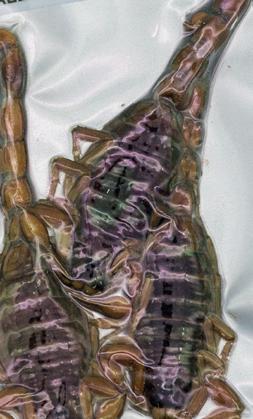
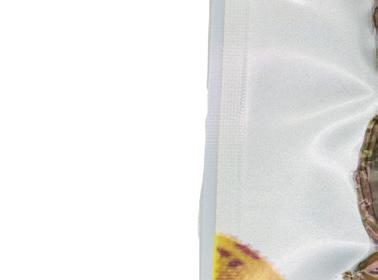

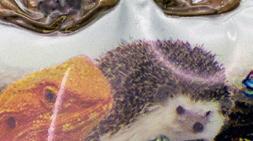


















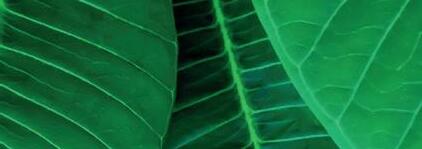
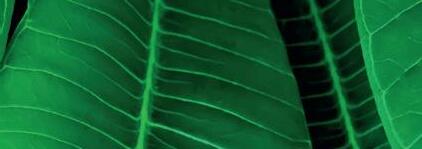




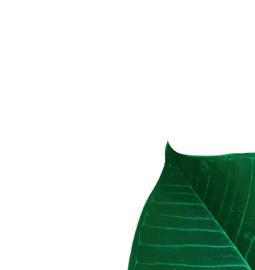


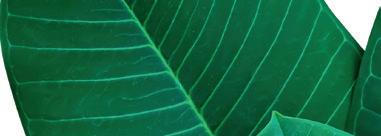
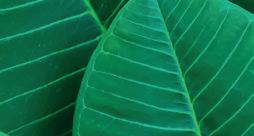
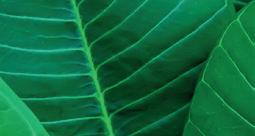





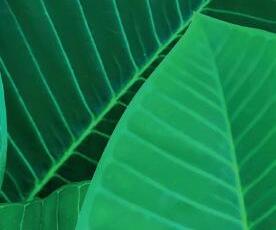
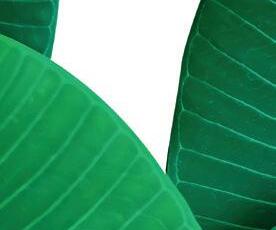















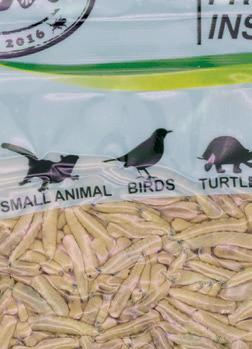
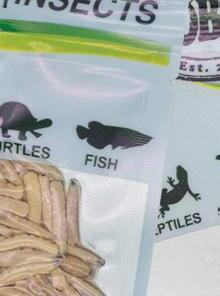

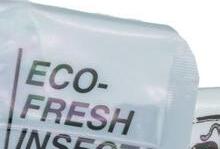

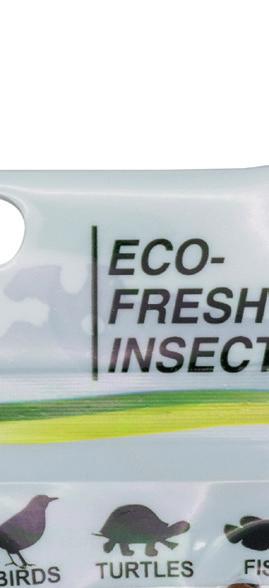

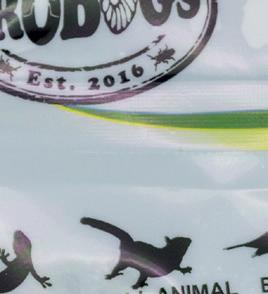

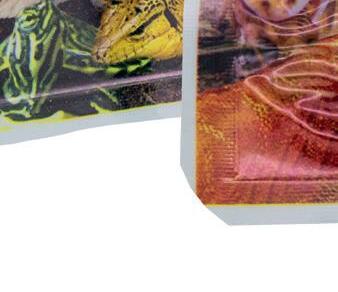


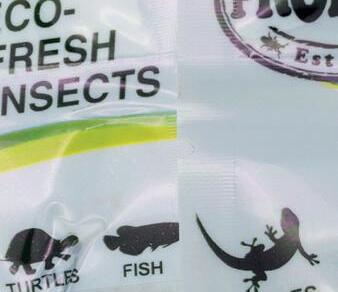


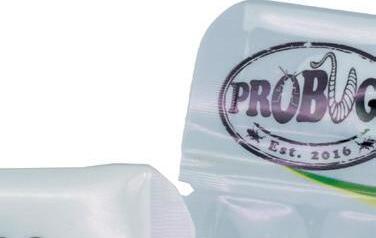



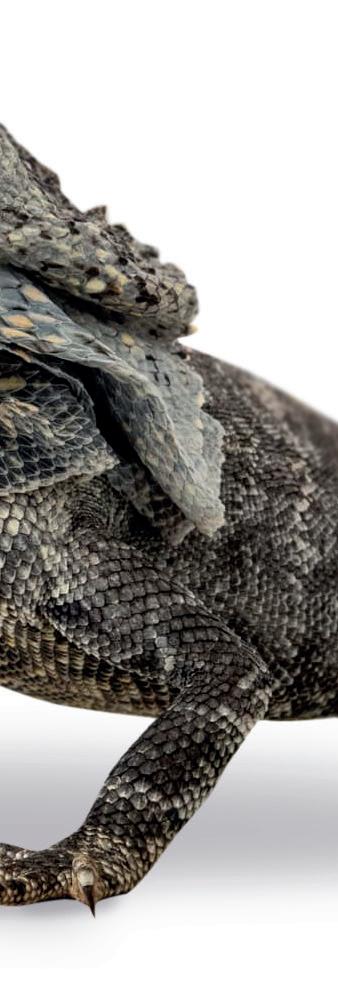



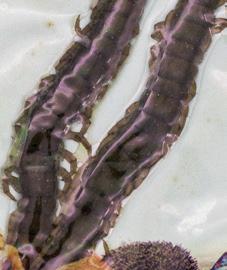
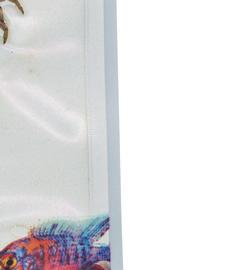

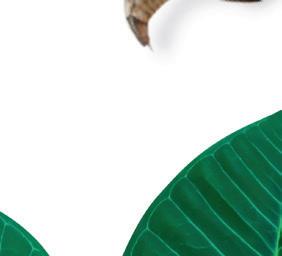

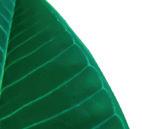


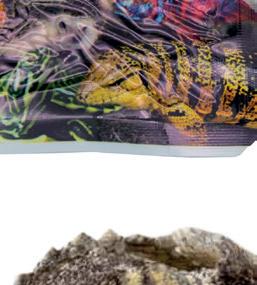



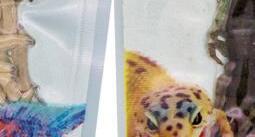
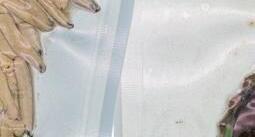



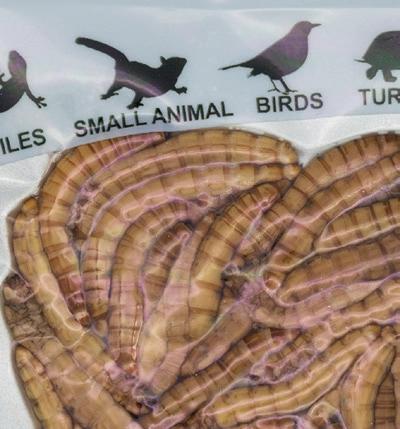
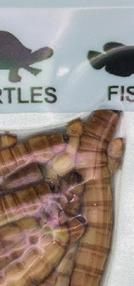

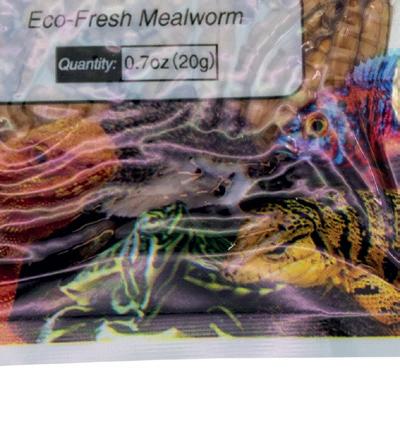
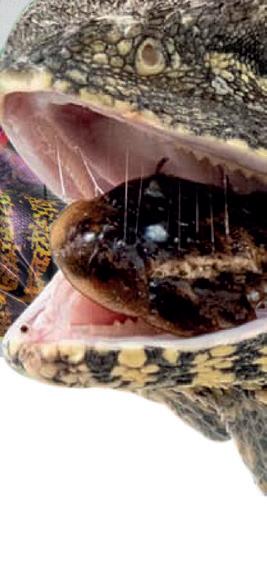


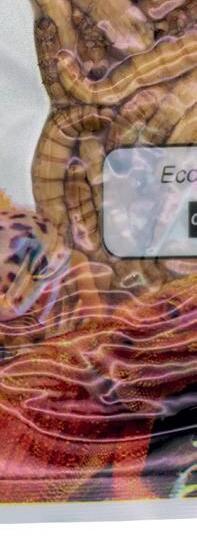
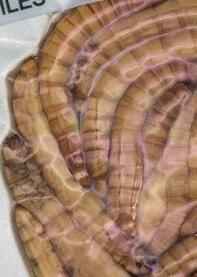

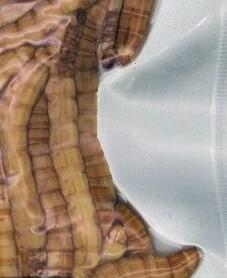

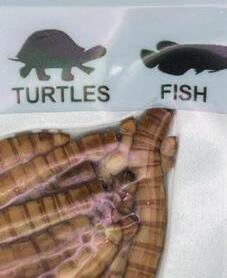









ANIMAL FACTS

Did you know...?

Chinese red-headed centipede

Scolopendra subspinipes)



There are few invertebrate genera more infamous for their aggression than Scolopendra. These are some of the largest and highly venomous centipedes on the planet. The Chinese red-headed centipede is one that takes the title for possessing some of the most powerful toxins and has been responsible for human fatalities.

30 to 354 but these will always be an odd number of pairs. They also breathe through openings in the side of their bodies called spiracles.
Like many areas of invertebrate study, the variation between locales and subspecies suggests that there are likely to be hundreds more subspecies of Scolopendra subspinipes yet to be classified. Their wide distribution means that common names for this species include the Vietnamese centipede, orange-legged centipede, Hawaiian centipede, jungle centipede and many more. They are a perfect example why scientific names are preferable, particularly when referring to invertebrates.

Animal Facts
MYTH BUSTED
Is ‘invasive’ always a bad thing?
When we think of invasive species, we think of devastating impacts on the native flora and fauna in that area – cane toads, rodents, cat-eyed snakes, lionfish, Burmese pythons, and many more have had adverse effects on the habitats into which they were introduced. We also touched on invasive amphibians and the problems they pose as vectors of ranavirus and chytrid as well as poisoning any would-be predators with their toxins, with catastrophic results. But is there any way these accidental introductions of species can exist with neutral impact – even amicably?
In the UK, we have three snake species considered native: the grass snake (Natrix helvetica), adder (Vipera berus) and smooth snakes, found in southern England only (Coronella austriaca). There are, however, some ‘accidental’ populations of non-native snakes in the UK. The Aesculapian snake, Zamenis longissimus, is a nonvenomous Colubrid snake found originally across central Europe. Currently, there are three populations known: Conwy, near Welsh Mountain Zoo, Regent’s Canal near London Zoo, and Bridgend, Wales.
It’s thought that these snakes escaped as captive specimens and became established in those areas due to their tolerance for a range of environmental conditions, being found across Europe in varying habitats with variable seasonal temperatures. It’s speculated that they do well here in patches of sufficiently dense woodland, being habitually arboreal, and making the most of warmer conditions.
These snakes are considered cryptic by nature, and being found as high at 15-20m in trees, it’s understandable that they aren’t often spotted (despite reaching up to 200cm in total length). Some theorise there are more individuals around than currently thought; that they are successful in avoiding detection by tolerating shady forests and seeking arboreal niches. The Bridgend population was only recorded officially in 2020 but is thought to have persisted there for approximately two decades already.
So, how do we know they aren’t harmful to our local ecosystem? The short and sensible answer would be that we don’t know for certain – yet. There are some conclusions that can be made so far.
The primary diet of Aesculapian snakes is rodents, including rats, shrews and moles. They will also eat birds, and have been seen preying on other snakes and lizards, but very rarely. With this in mind, they shouldn’t be particularly competitive with our native snakes; grass snakes eat amphibians, smooth snakes don’t share habitat overlap with Aesculapians, and adders will eat whatever is going in their localities.
What’s also important here is that they do have predators in the form of larger mammals (badgers, mustelids, foxes) and birds of prey. So, unlike some other invasives, they won’t be able to overrun ecological niches free of any dampening of the population growth. After all, they have been estimated to have been present on UK soil since the 1970s, and have not become an overbearing presence in their three localities.
This accidental introduction of the species may have a positive shine to it. In much of its range throughout Europe, the Aesculapian snake is a protected species, even being critically endangered in some regions of Germany. Anthropogenic disturbances, and sometimes conflicts, have contributed to population declines.

While research is ongoing into the finer details of the habits and ecological roles of this species in England and Wales, it appears that a rarity may have occurred wherein a non-native species has blended almost harmoniously into a new environment. For the time being, we can tentatively appreciate having one more serpent on the UK roster, in what is a relatively lacking country for reptiles.
Did you know – the name “Aesculapian” cites the Rod of Aesculapius, the symbol of human medicine since Ancient Greece. It was held by the Greek god of healing and medicine, Asclepius.
46 SEPTEMBER 2021
Busted
Myth
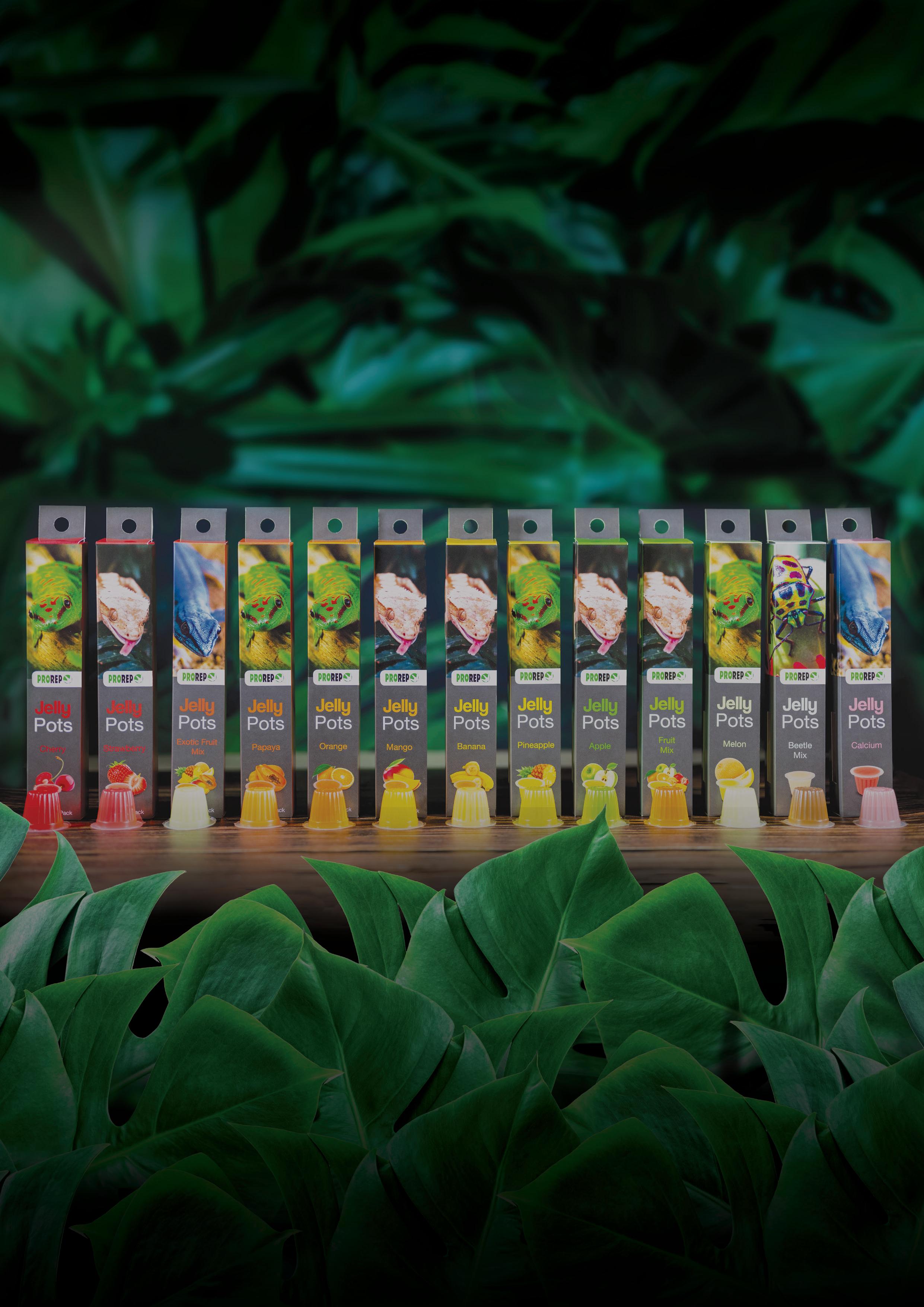





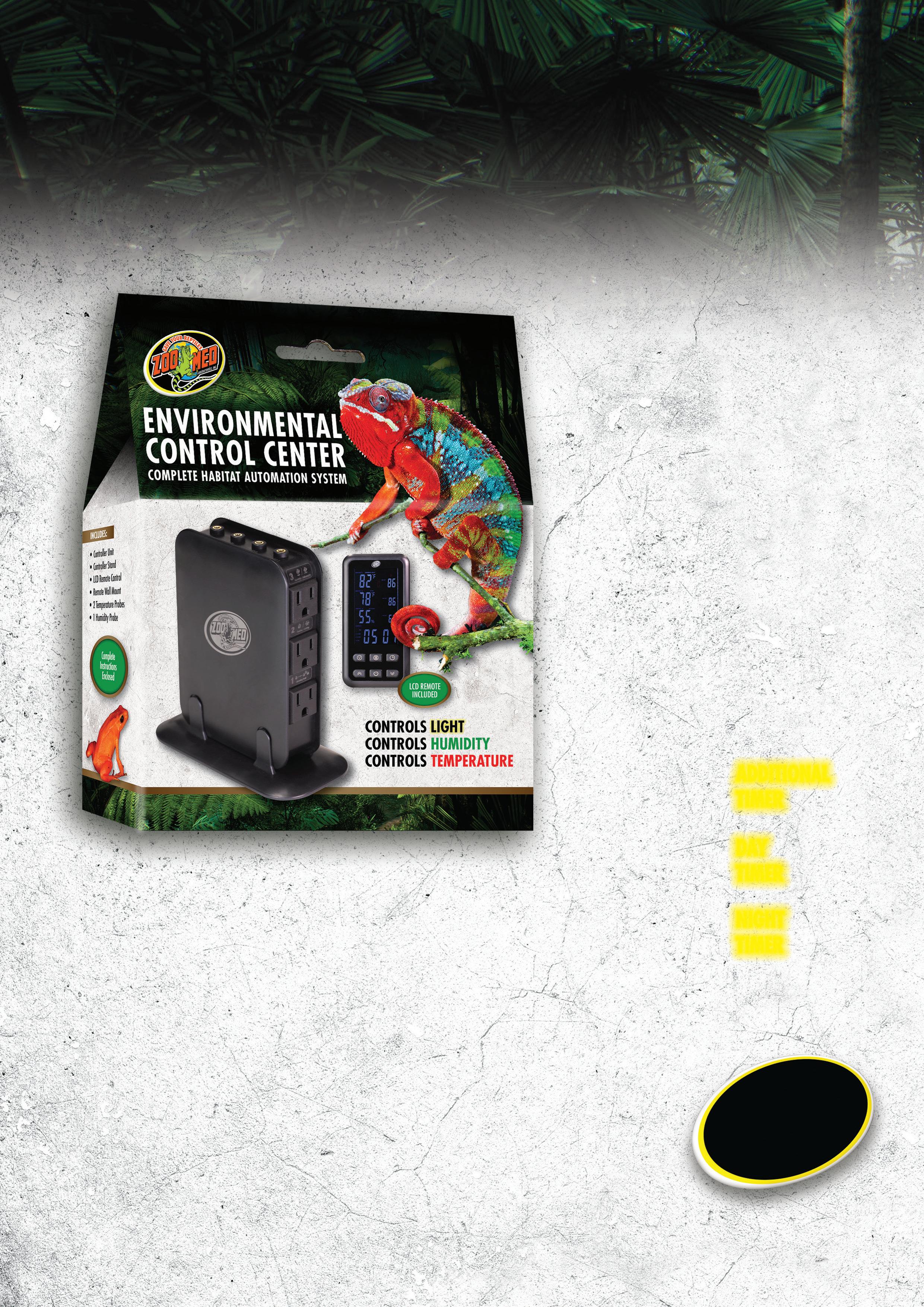




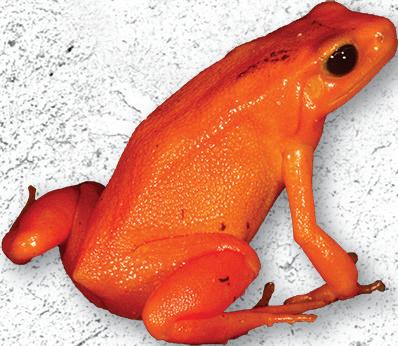












































































 Blue iguana (Cyclura lewisi)
Blue iguana (Cyclura lewisi)





















































 © William Parkinson
© William Parkinson





























 © William Parkinson
© William Parkinson





































































































































































































































